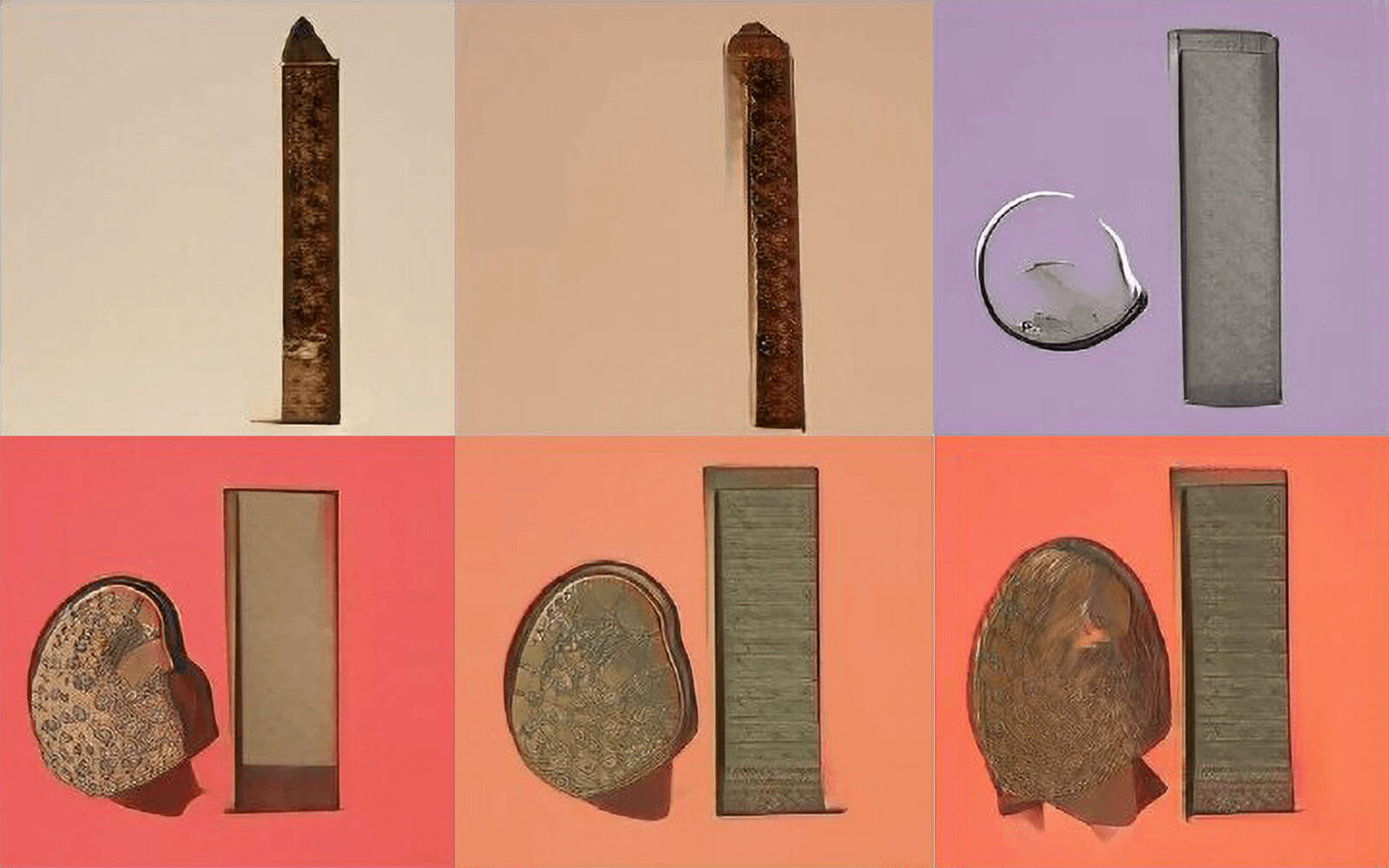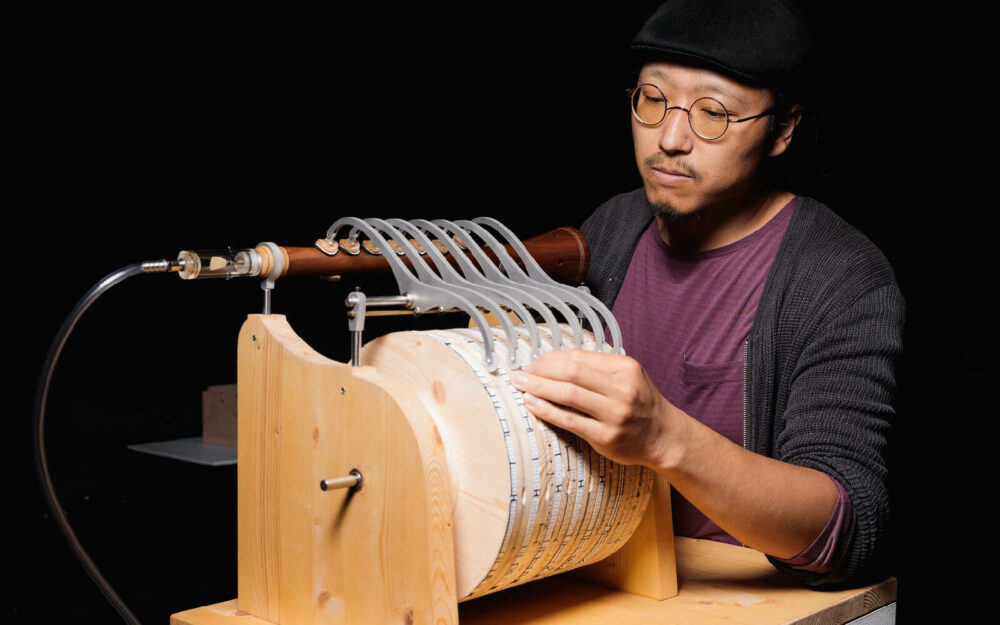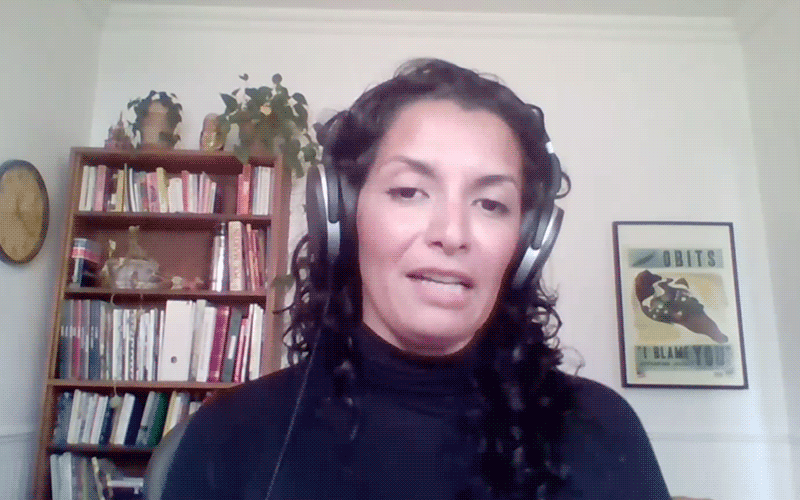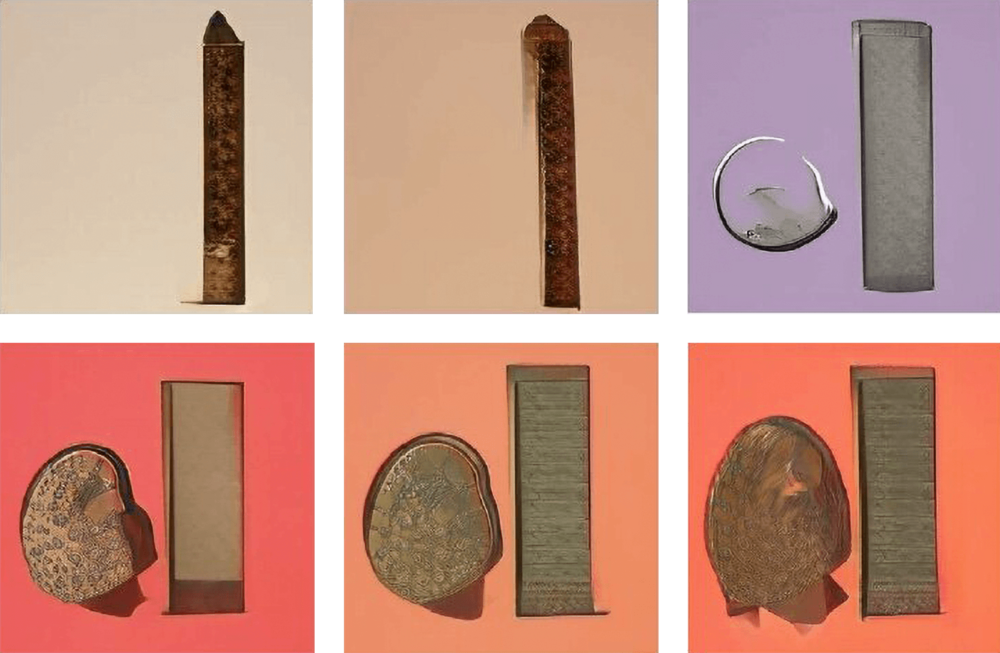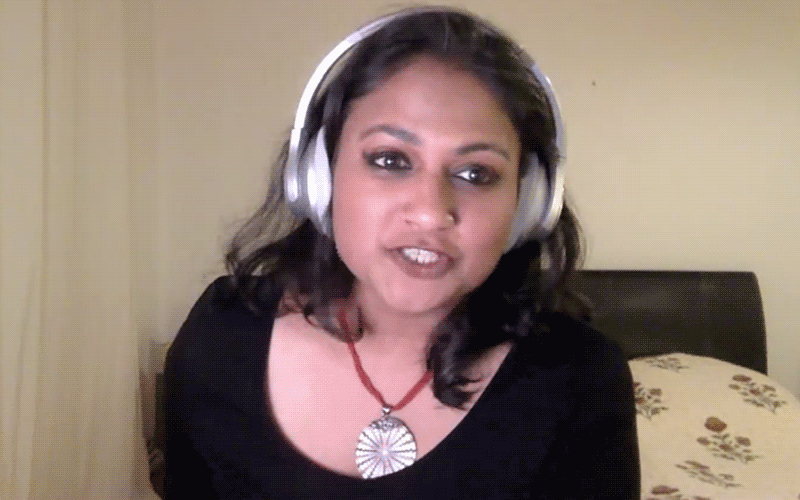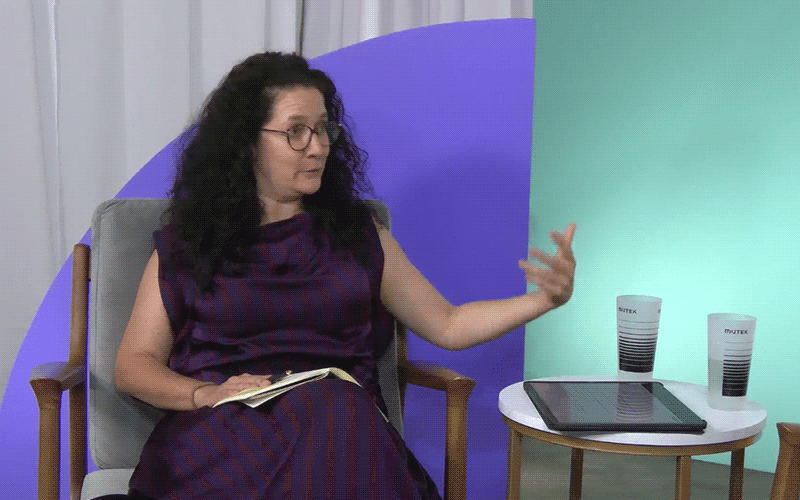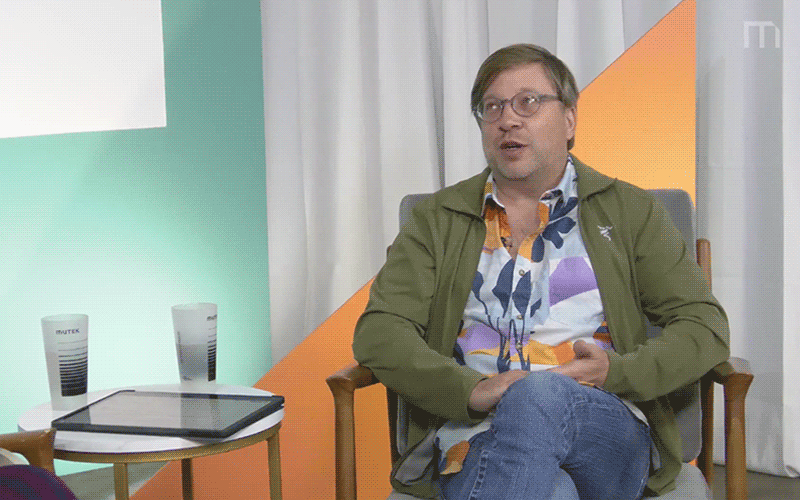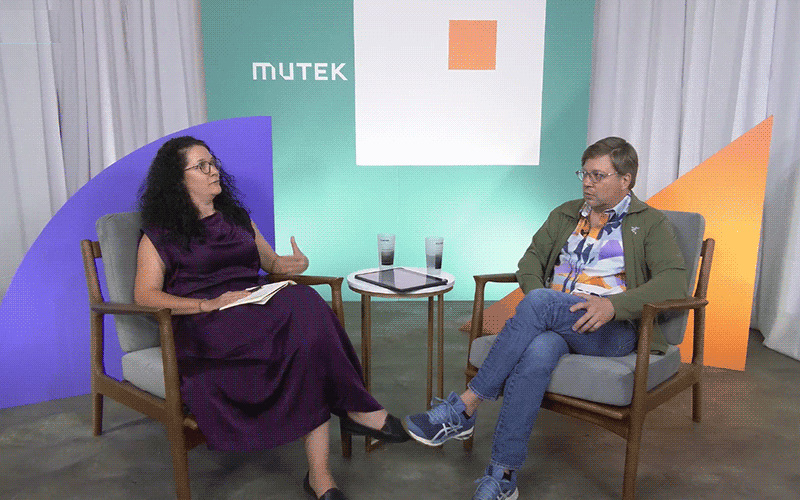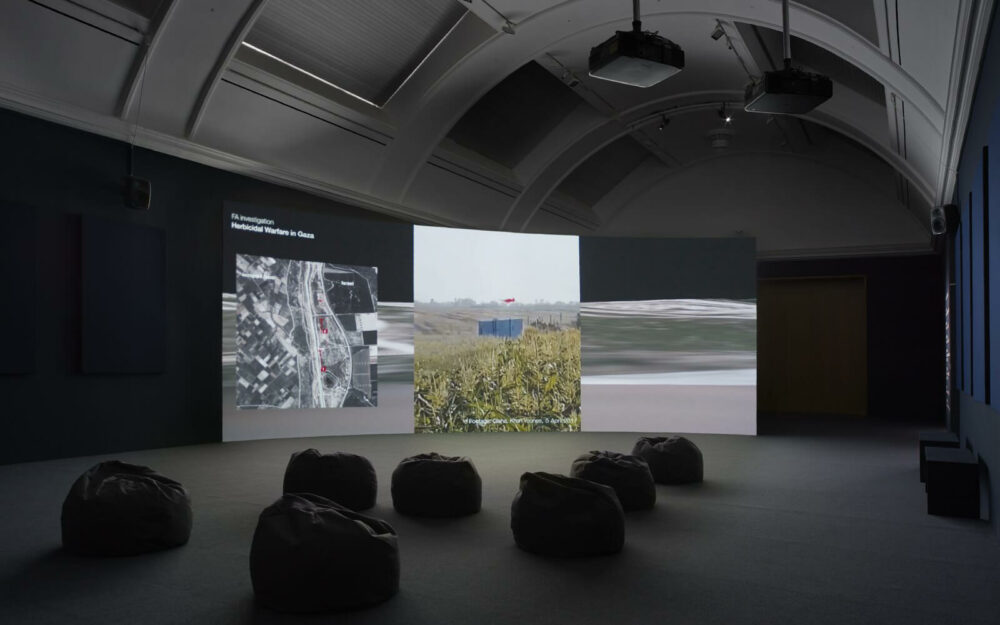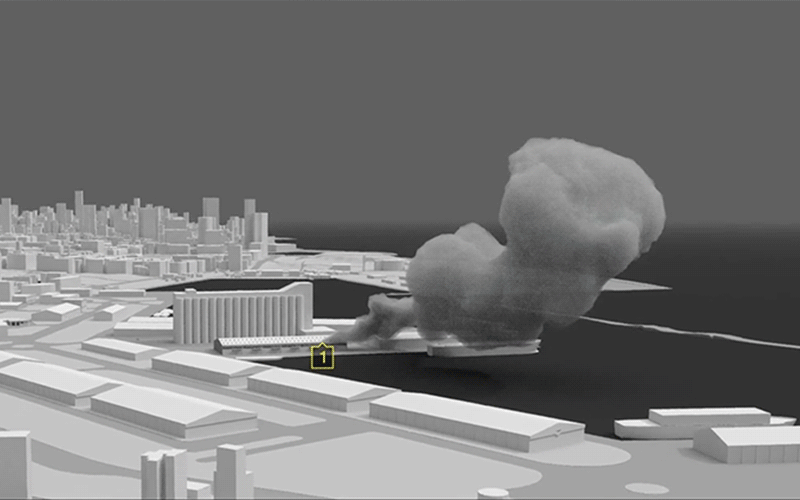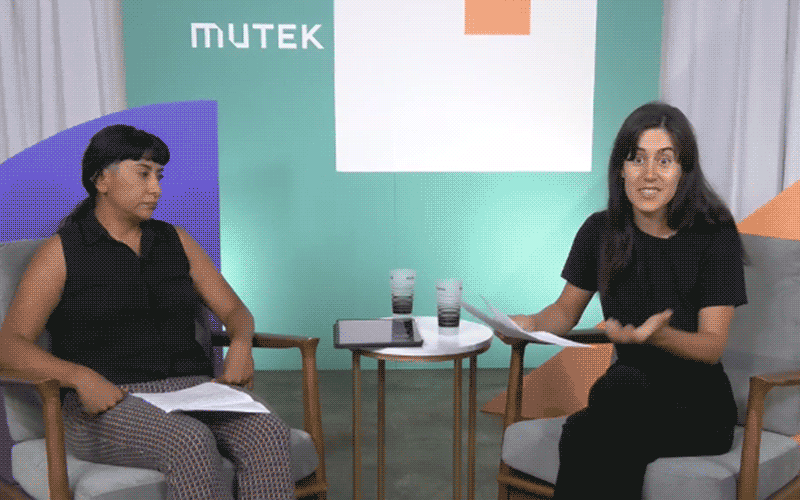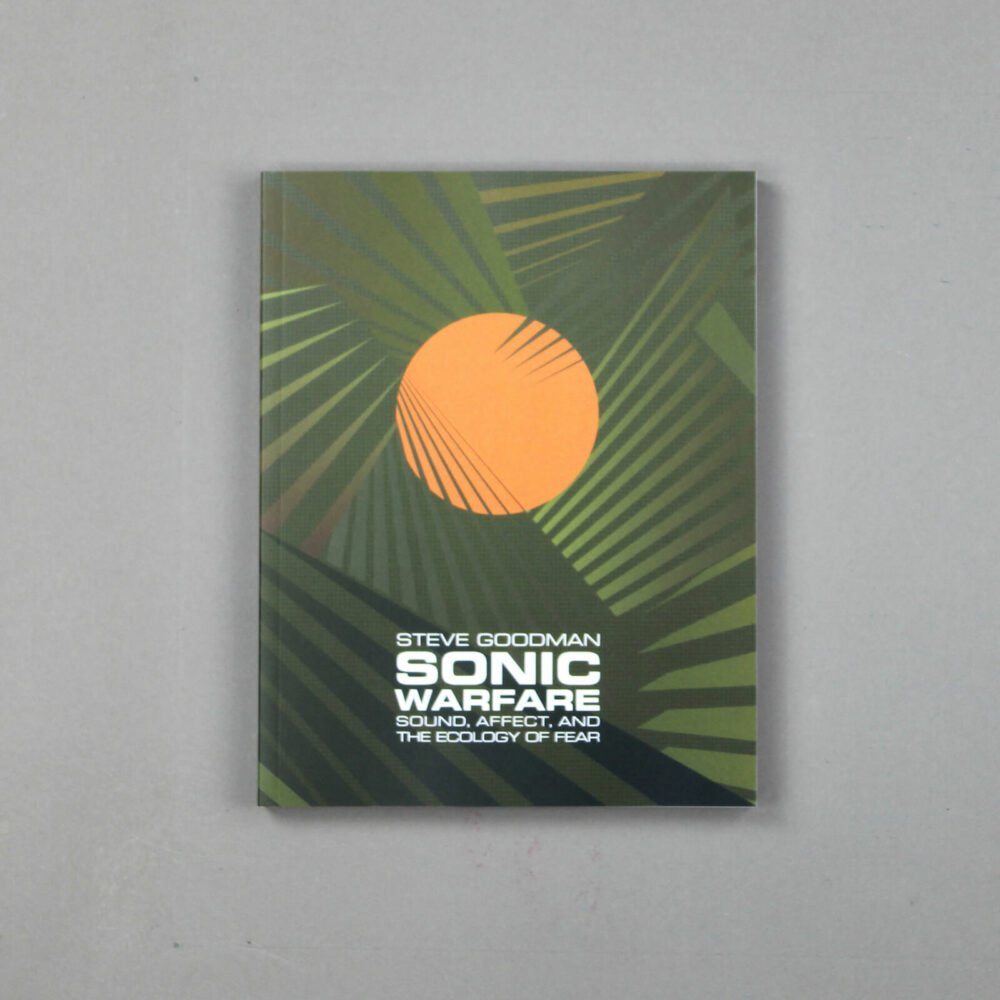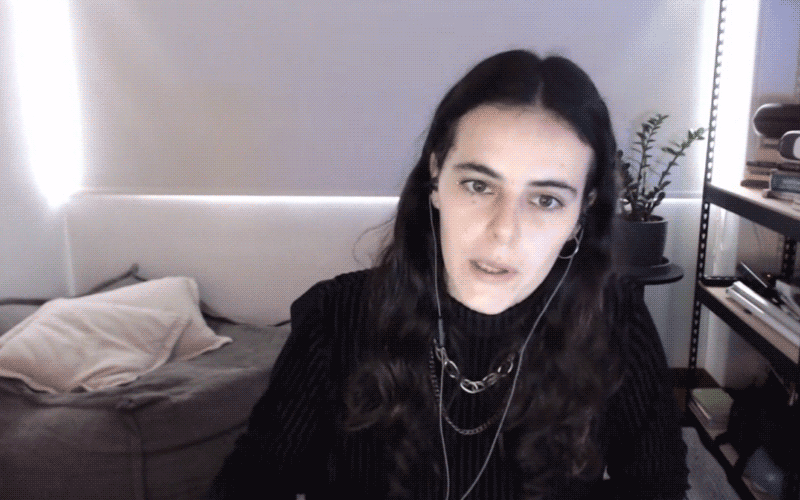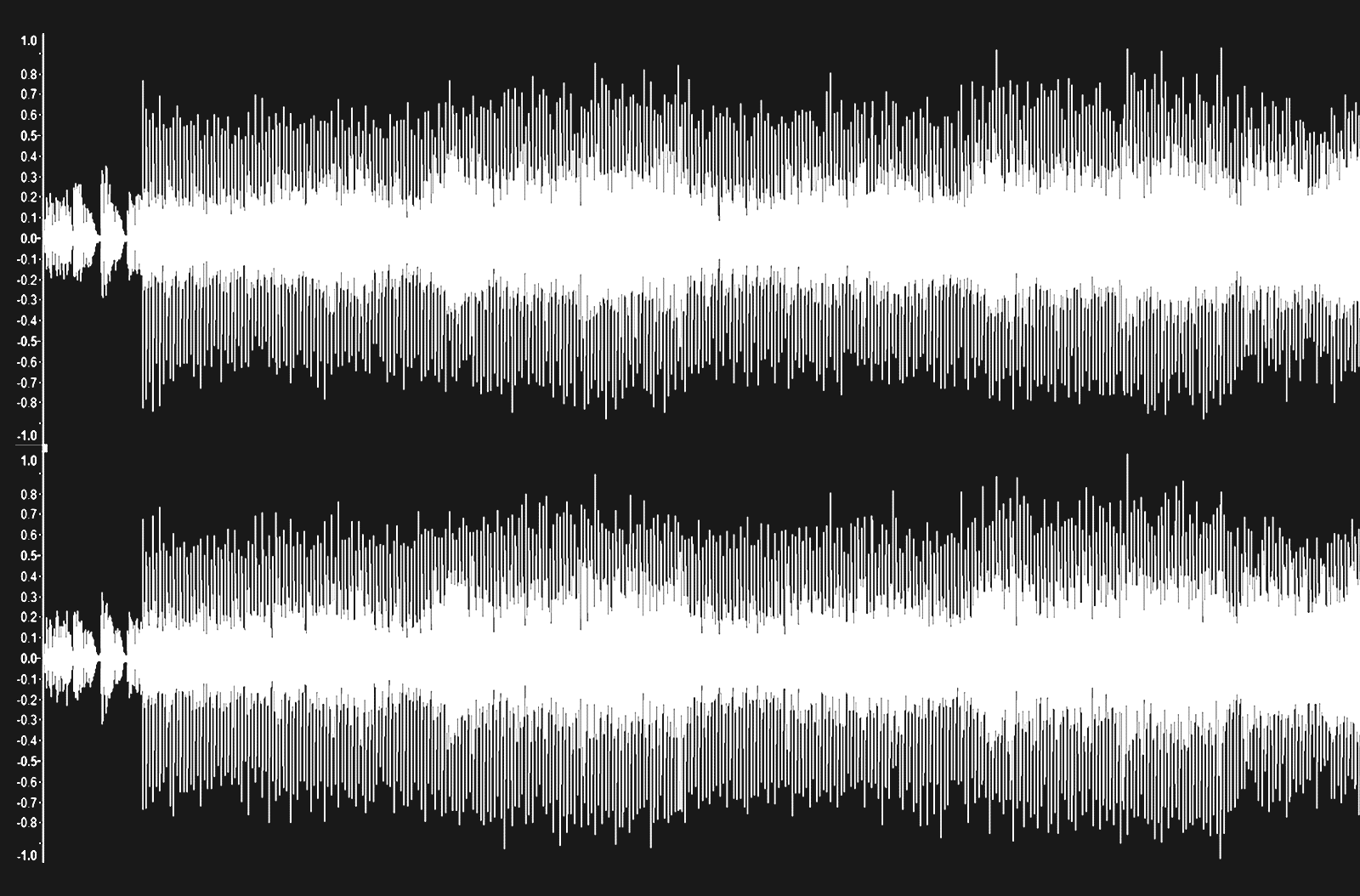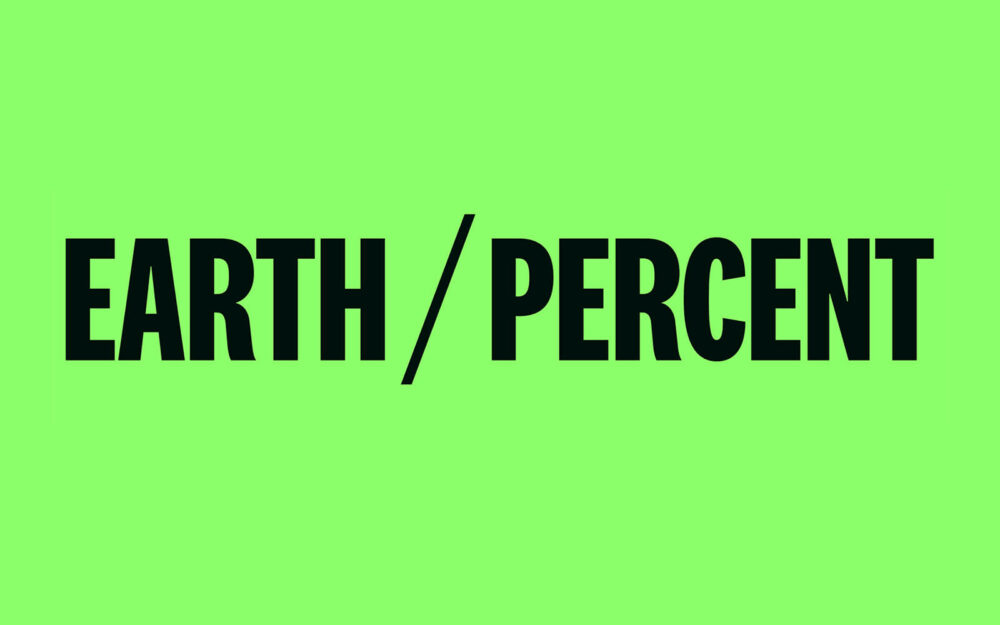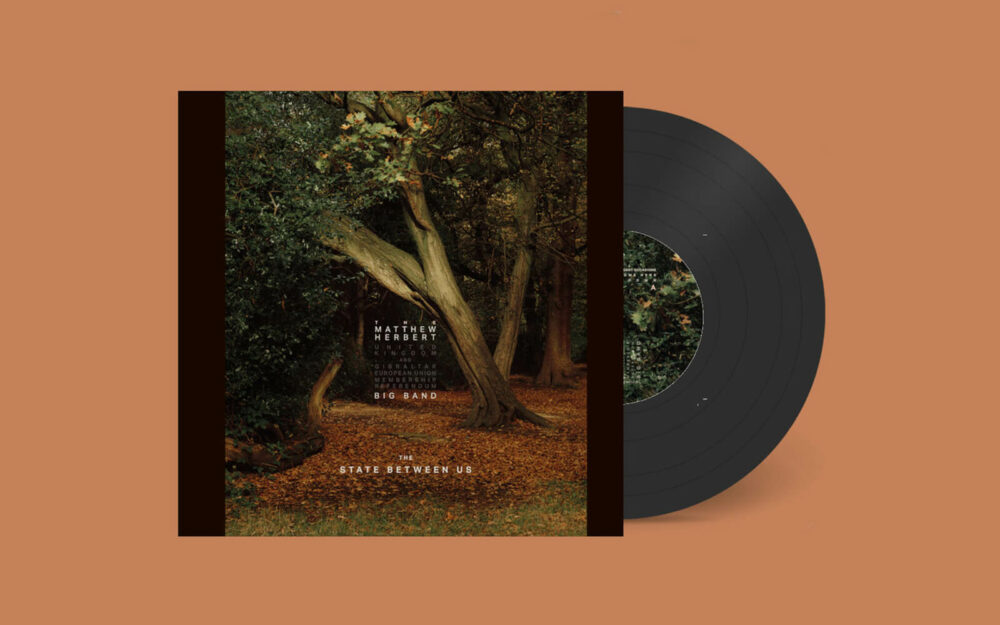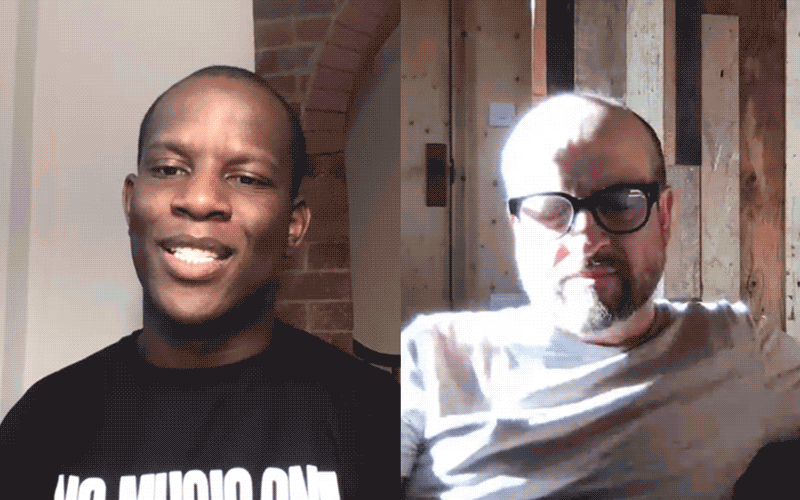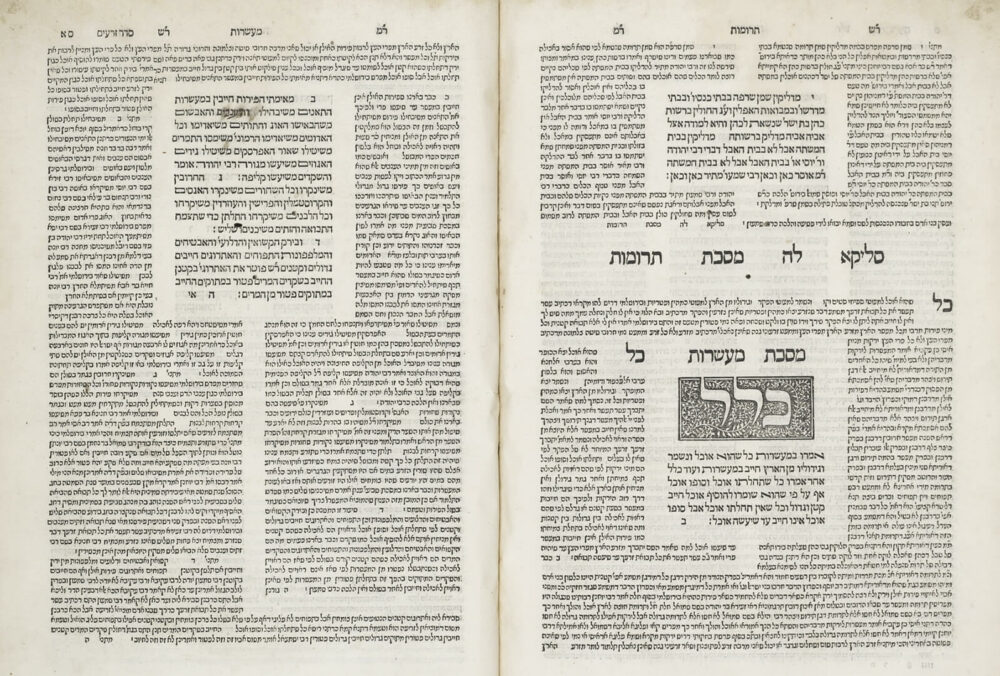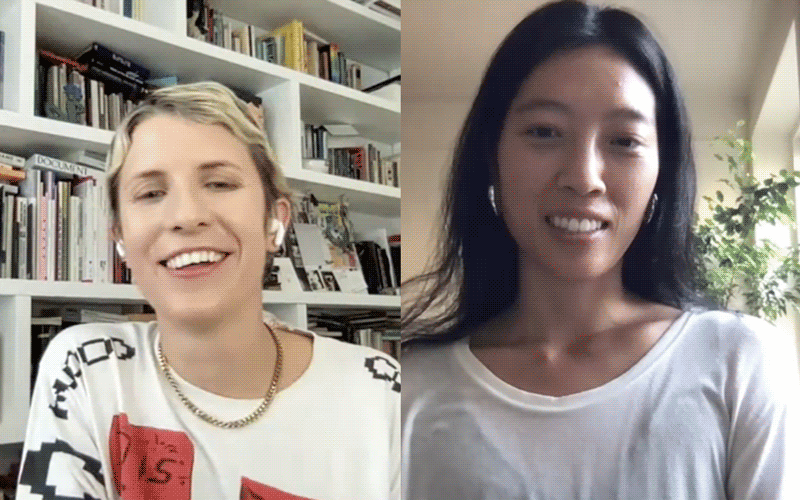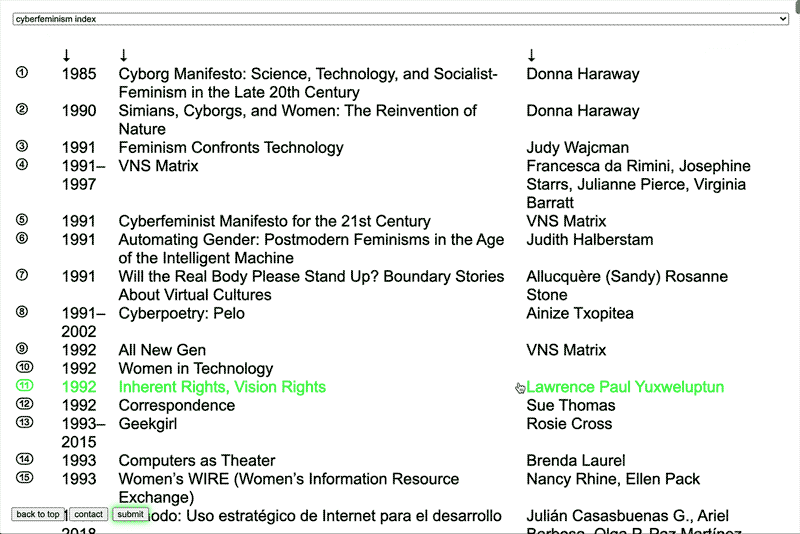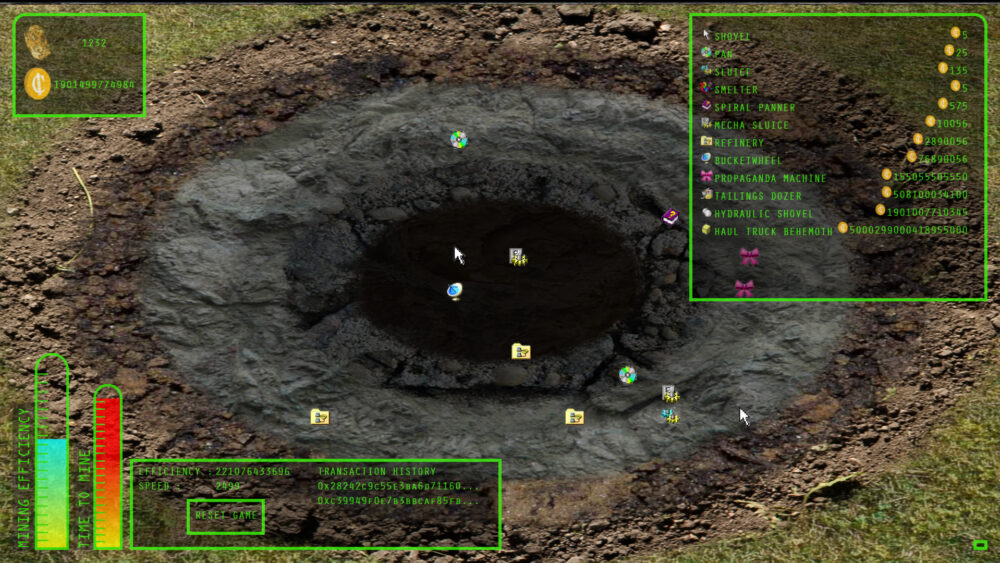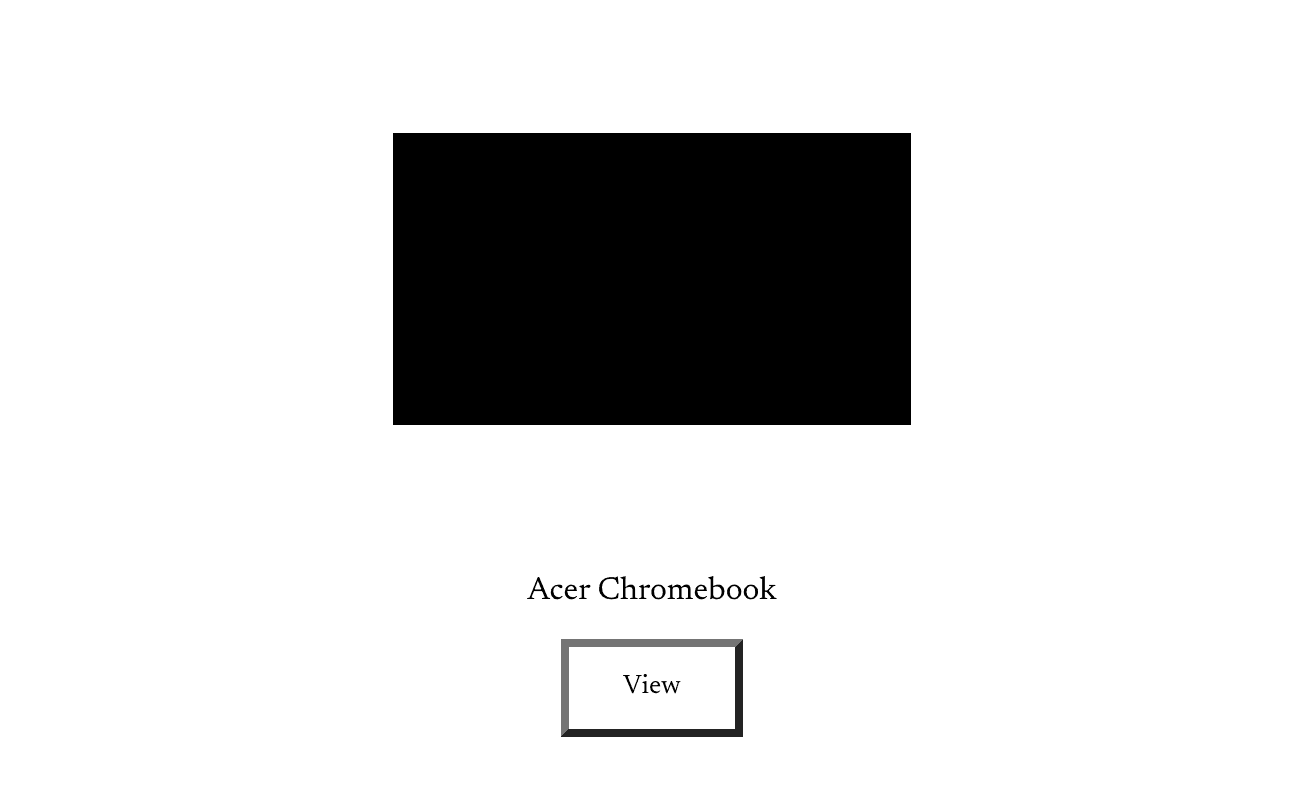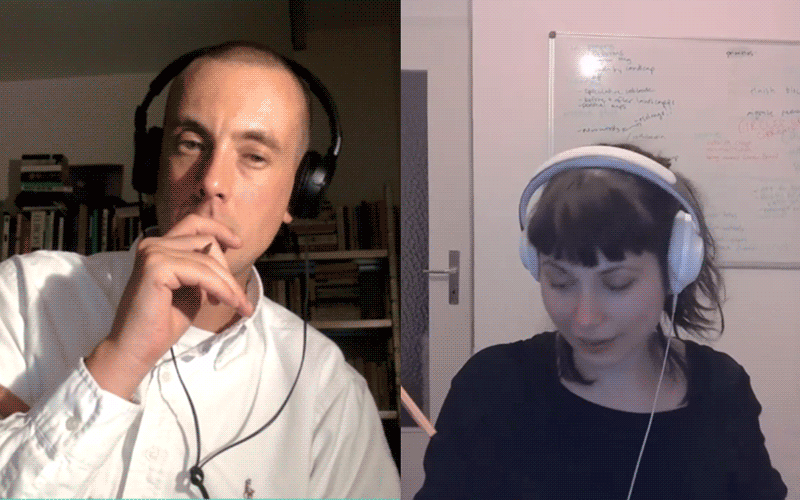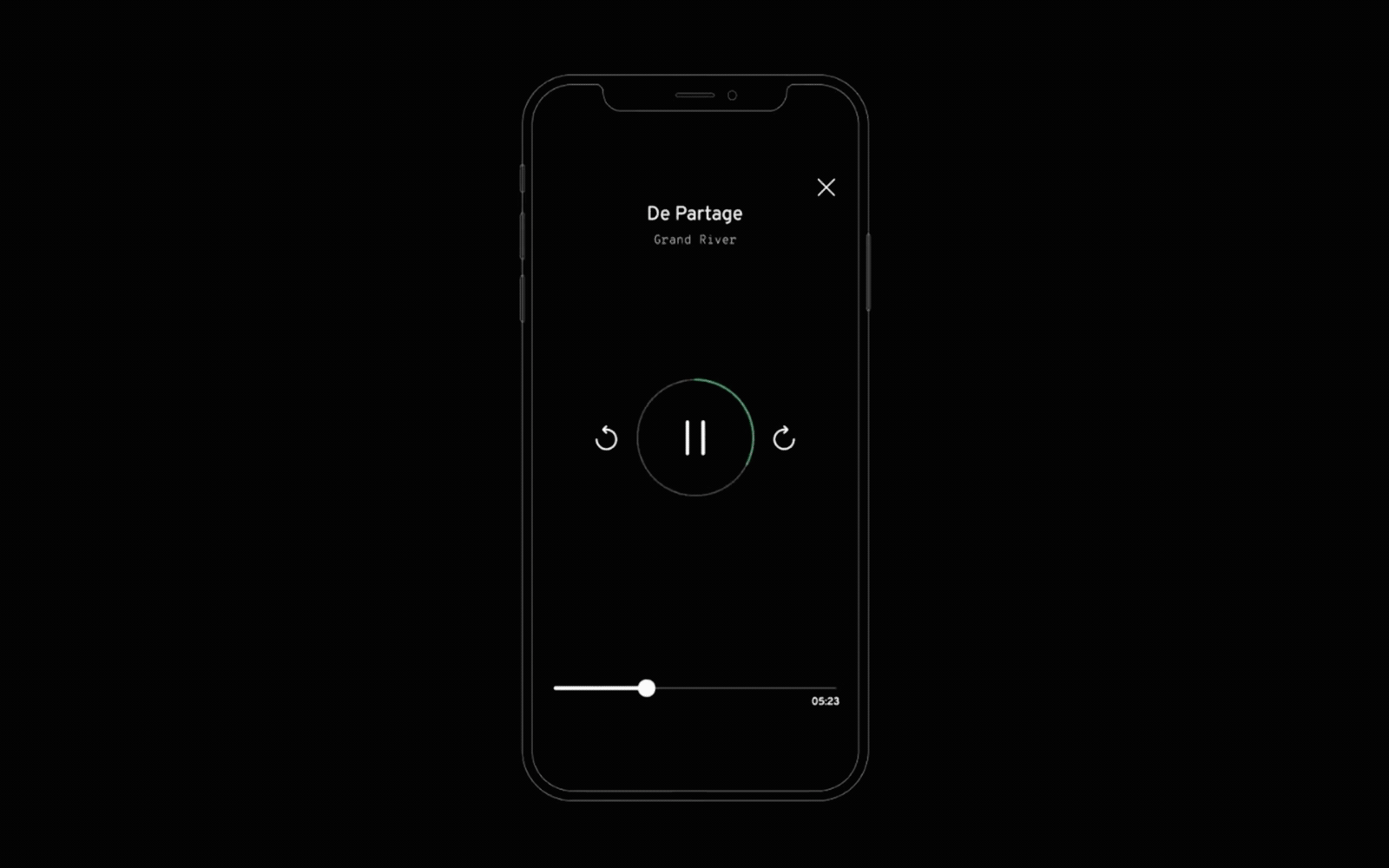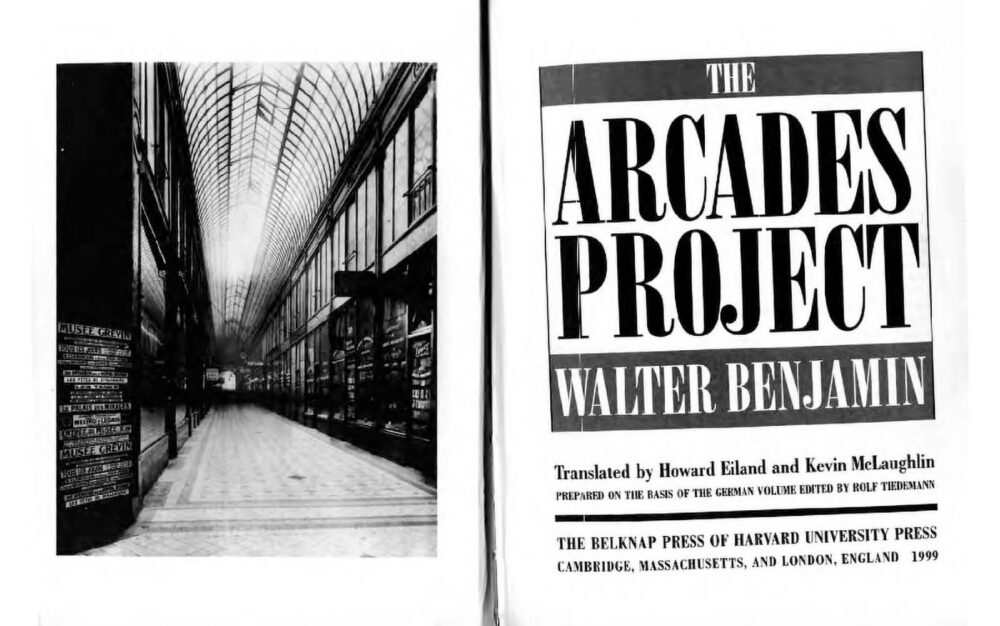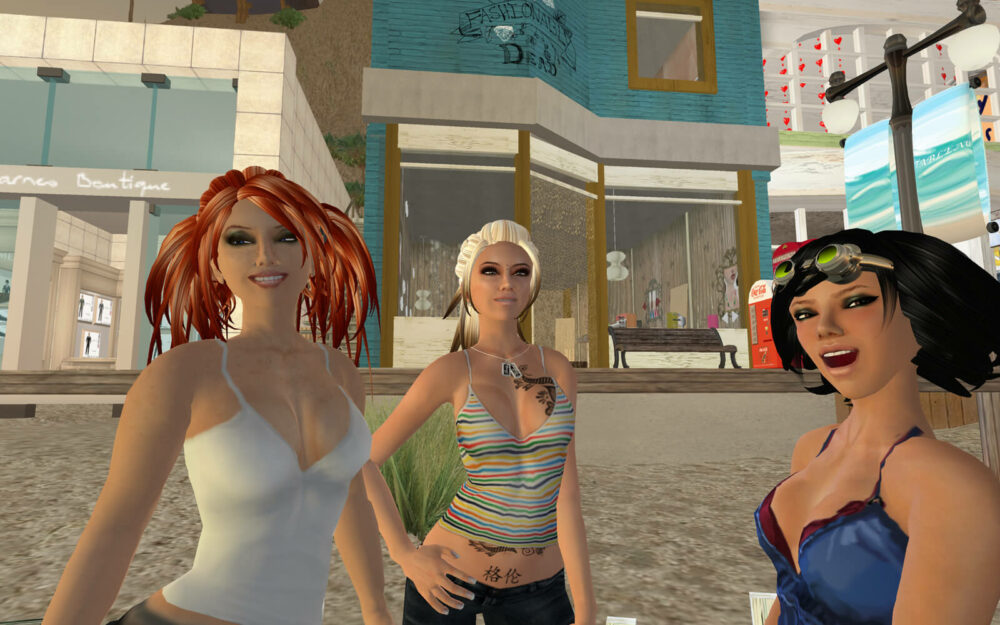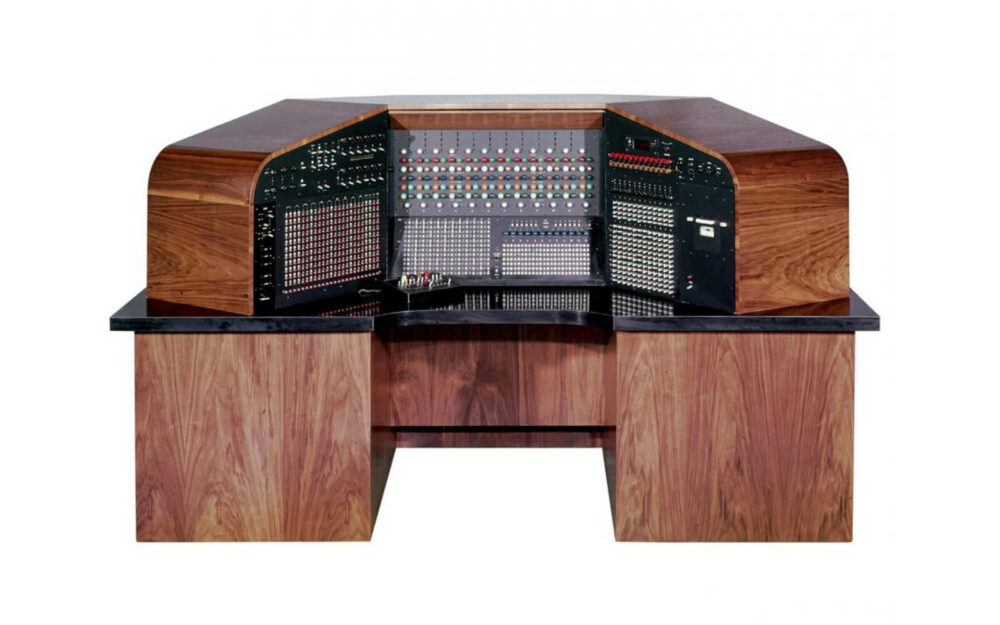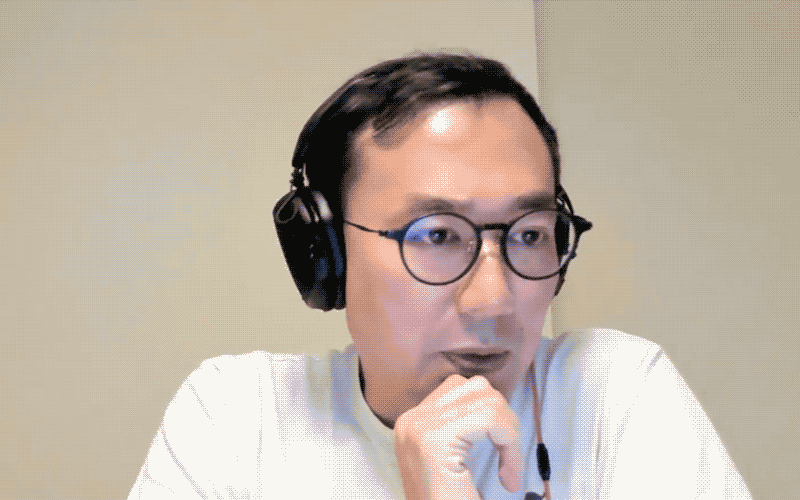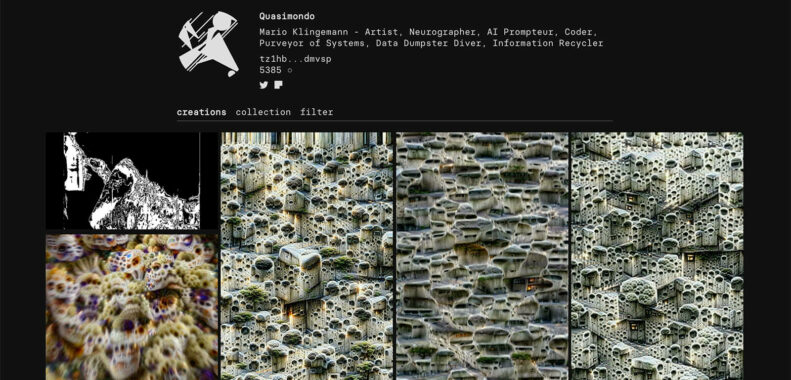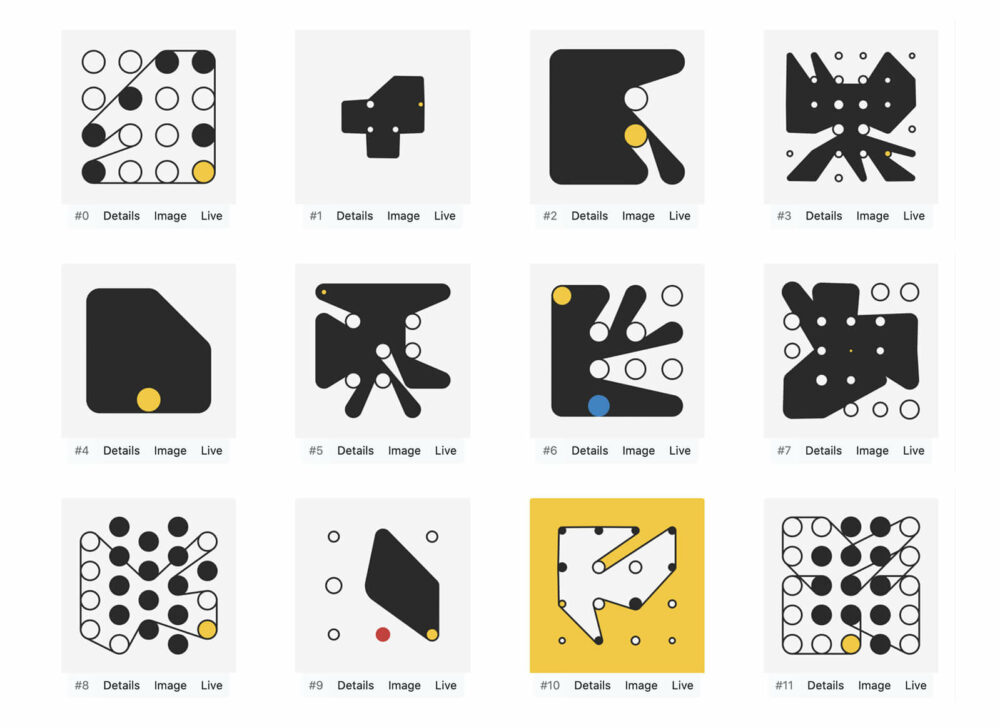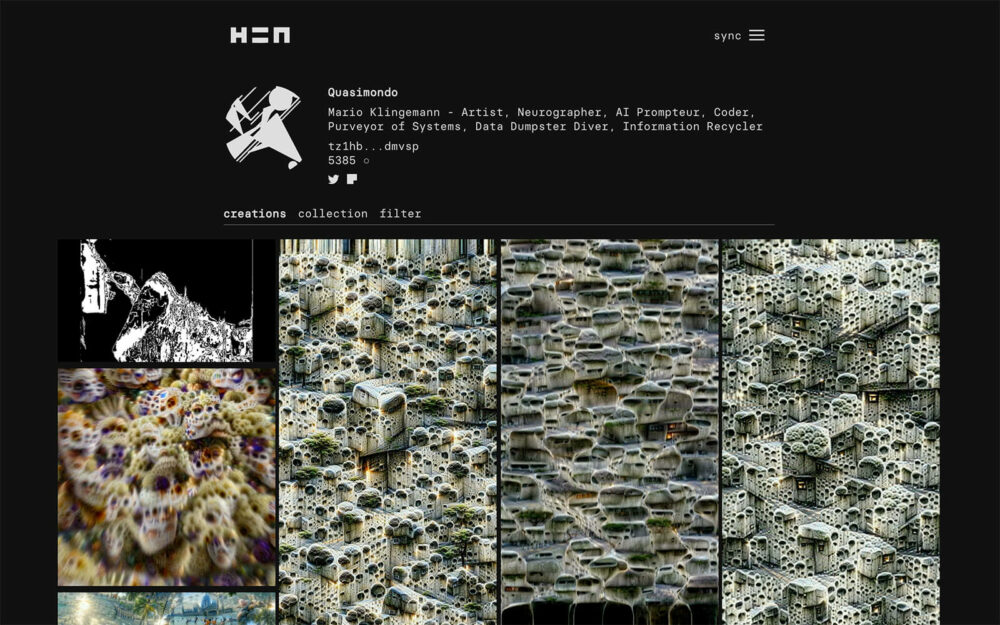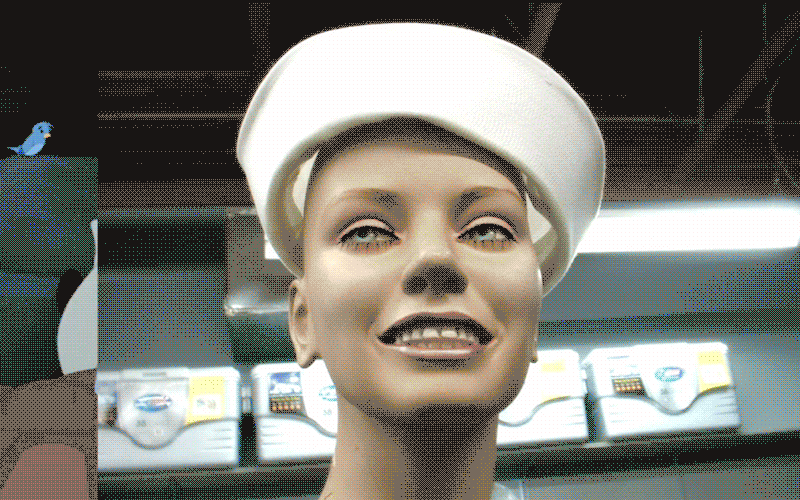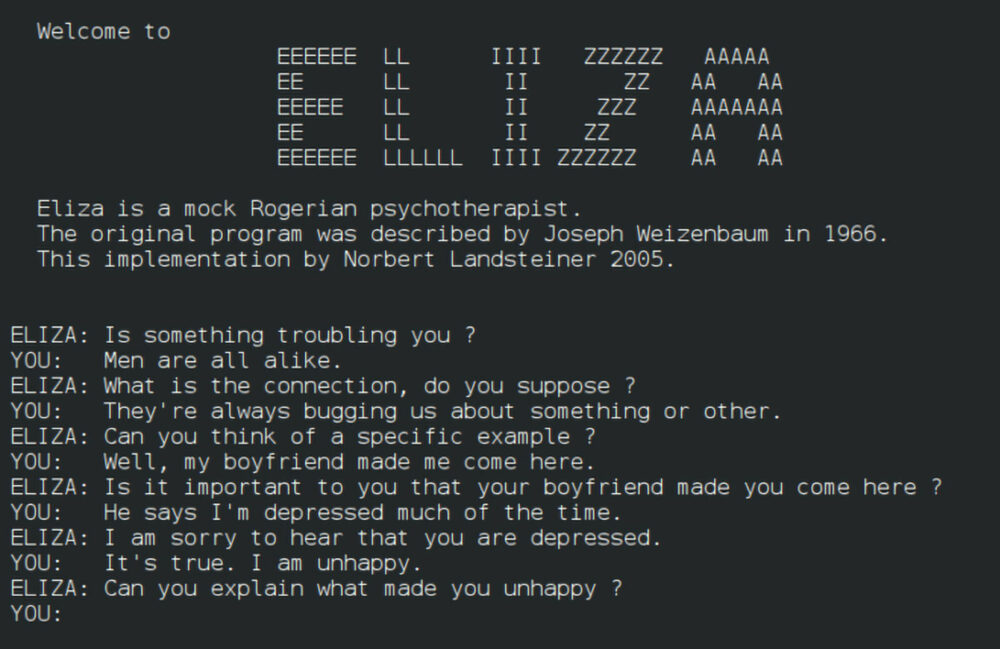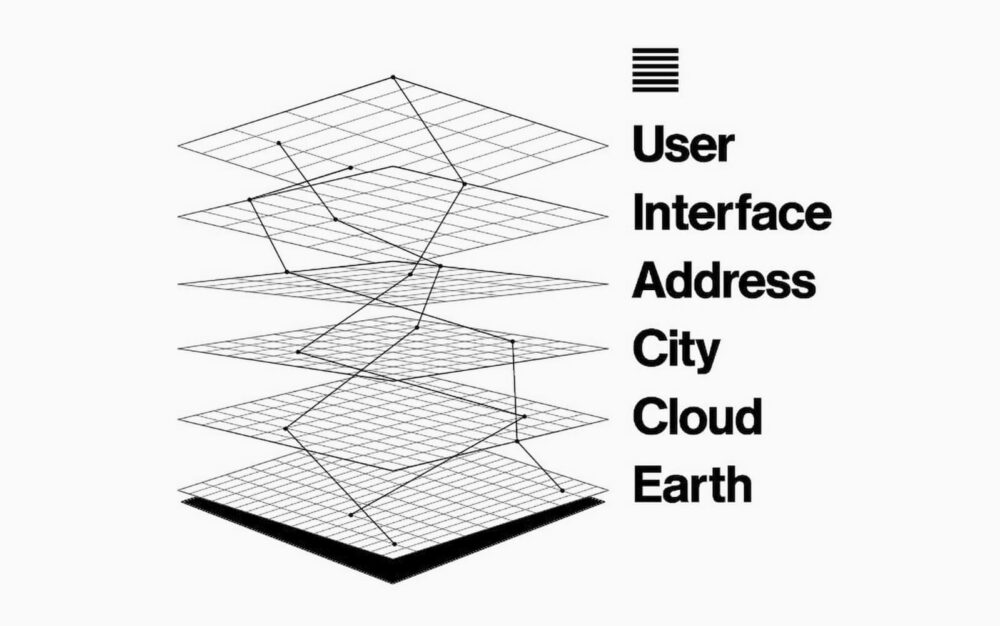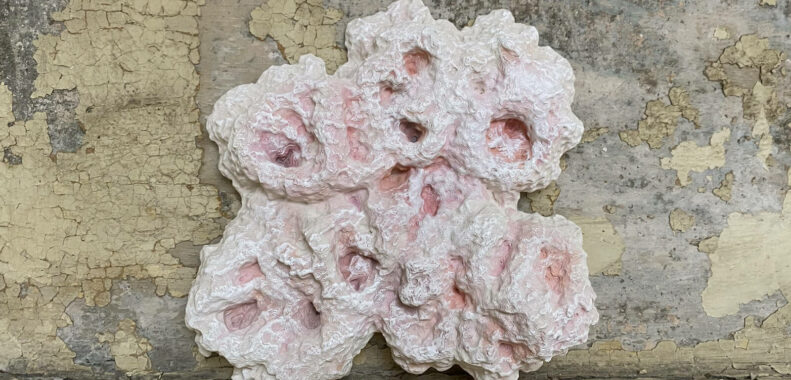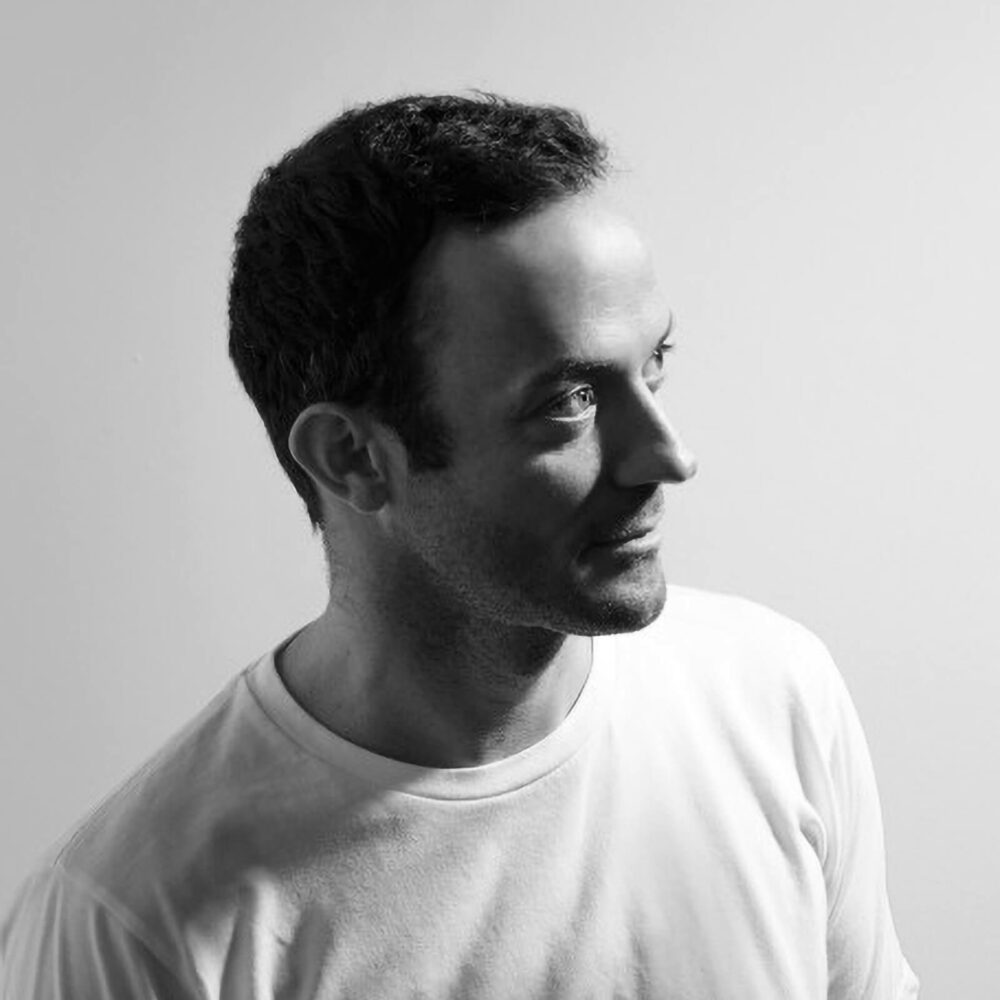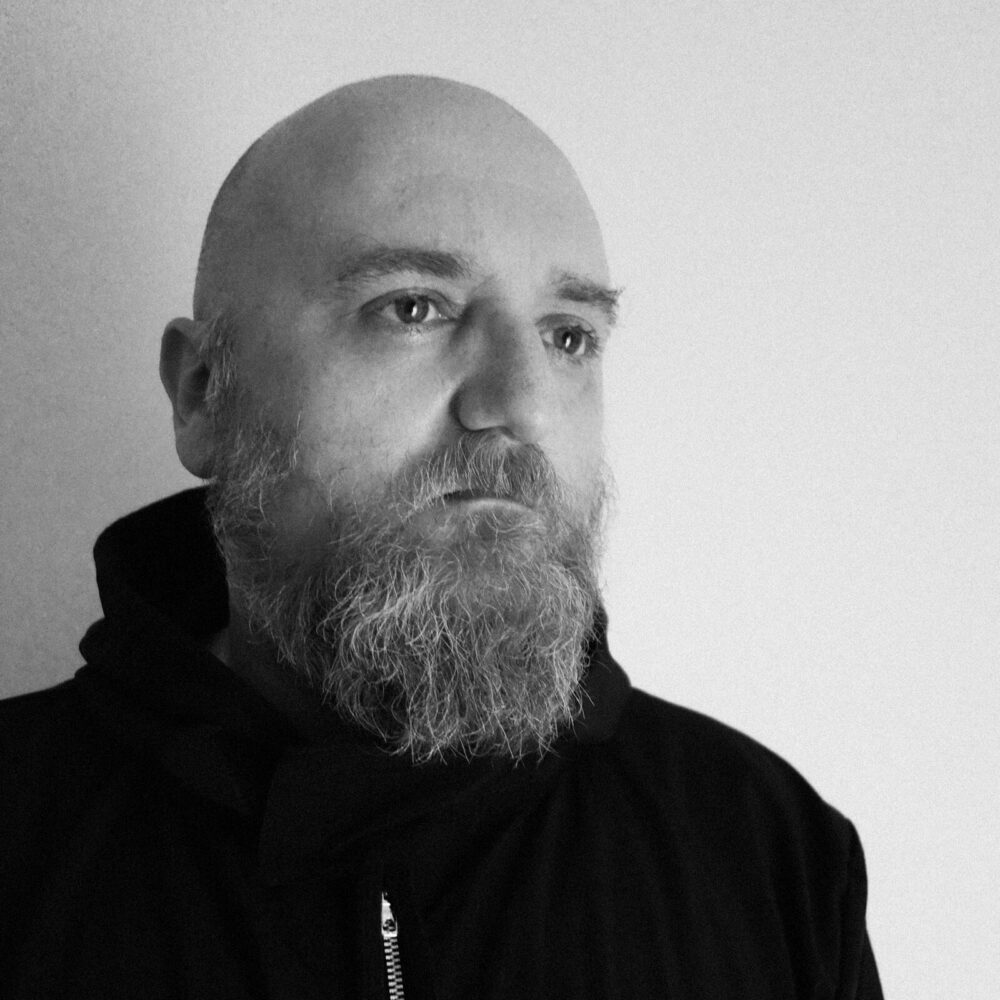All
Panel
Isabella Salas, Yuri Suzuki, Maya Indira Ganesh, Ali Nikrang

Isabella Salas
Born and raised in Mexico City, Isabella Salas’ interdisciplinary artworks use artificial intelligence, video, synthesized sound, video projection as medium to create multisensorial digital experiences based on neuroaesthetics design. Her work has been presented in digital art institutions including the Societe des Arts et Technologies, MUTEK AI Lab, Gamma XR Lab, TransArt Festival.
Maya Indira Ganesh
Maya Indira Ganesh is a tech and digital cultures theorist. Her dissertation research examined the political-economic, social, and cultural dimensions of how the ‘ethical’ is being shaped in data-field worlds, rich in histories and imaginaries, of AI and autonomous technologies. Prior to this, she worked at the intersection of gender justice, digital activism, and international development.Because we can’t define creativity precisely, attempts to categorize algorithmically produced work as ‘creative’ or ‘not creative’ are futile. The discussants all sidestepped a question to this effect and they instead seemed more interested in clarifying how AI helped their process than judging the authenticity of what (or how) their machines produced.
Intentionality is just as thorny as ‘creativity,’ and using that as a lens for analyzing automation prompts a few interesting questions. First, to what degree can an artist or creator erase themselves from a process they set in motion? Second, how have automation’s failures—glitches, crashes—impacted our aesthetics?

Yuri Suzuki
Sound artist Yuri Suzuki works in installation and instrument design and is best known for the synth he designed for Jeff Mills (2015) and his reimagination of the Electronium for the Barbican (2019). More recently, London-based Suzuki became a partner at the international design studio Pentagram, where he has worked on branding projects for clients including Roland and the MIDI association.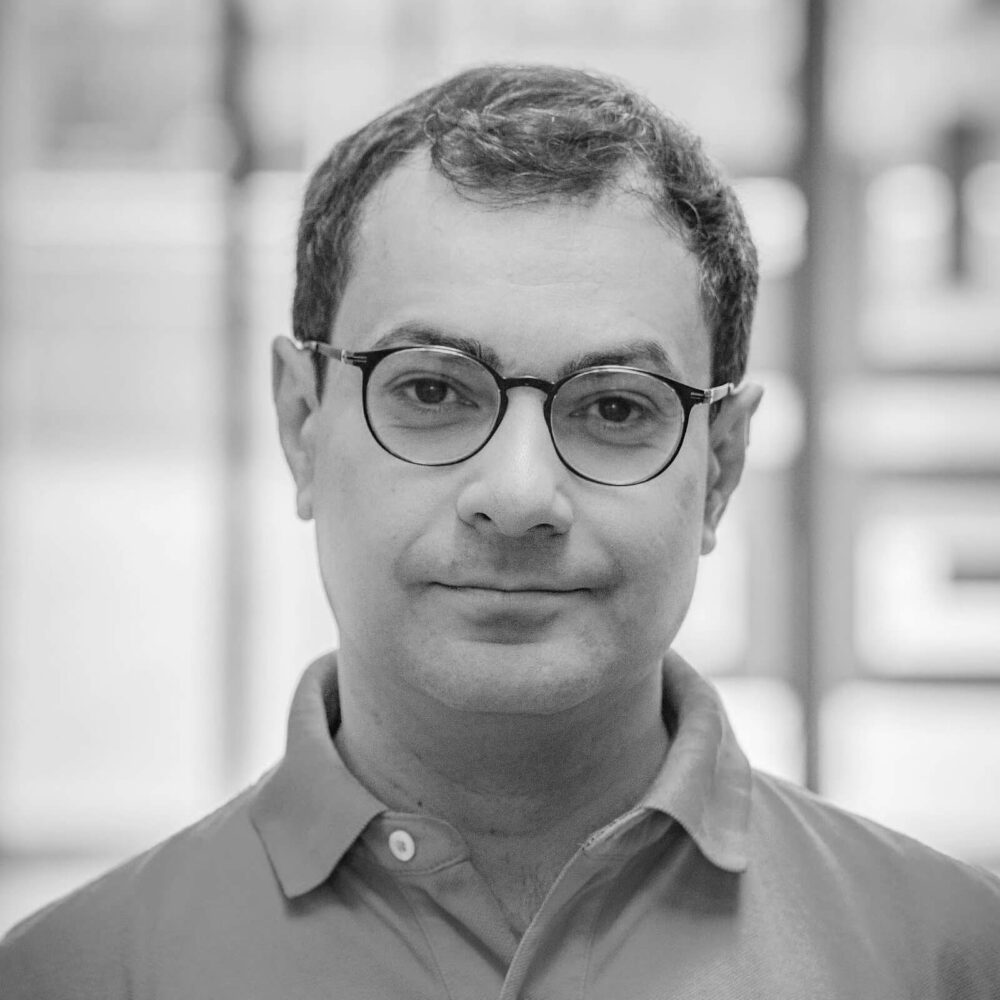
Ali Nikrang
Ali Nikrang is a key researcher and artist at the Ars Electronica Futurelab in Linz, Austria. His background is in both technology and art, and his research centers around the interaction between human and AI systems for creative tasks, with a focus on music. He is the creator of the software Ricercar, an AI-based collaborative music composition system for classical music.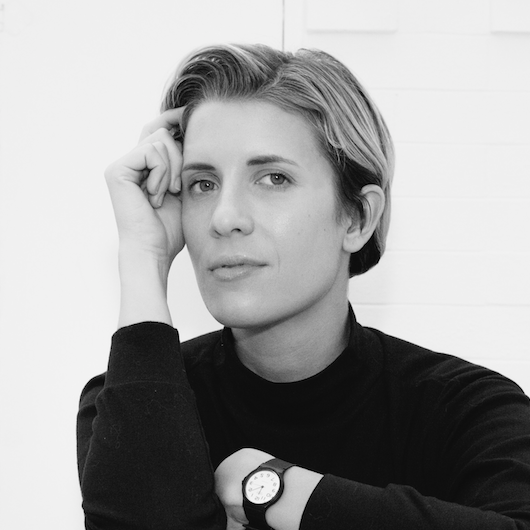
So much of the discourse around AI and art recently framed the AI itself as an agent of creativity, rather than as a tool through which artists can explore and expand their own perceptions or abilities. I’m all for the thought experiment of trying to appreciate the output of an AI on its own merit—maybe it even helps us to decenter the human perspective—but if I’ve learned anything from my own work researching the history of computation, it’s that we have an almost uncanny ability to gloss over the human in the loop in favor of a good story. And that always causes harm. The very first time the press reported about the ENIAC, the first programmable electronic computer, after it was declassified at the end of the Second World War, they were so seduced by the idea of a giant electronic brain that they completely ignored the fact that the “giant electronic brain” was useless without the teams of programmers who spent weeks setting up problems and physically feeding them, byte by byte, into the machine. We are not doing much better with AI today: a notion lingers that technology is neutral, autonomous, and infallible. What a drag. Artists have an enormous role to play here, both in pushing the technology forward and being very clear about the labor, thought, and intention surrounding work produced with the assistance of AI or machine learning techniques. As Maya Indira Ganesh said during this conversation, there’s always a shadow human in the loop. Where and who are they? What is their intention? What are they trying to say, using this technology as a conduit?
Orchestrating Audience Journeys
Conversation
Ryan Howard
Tina Blakeney
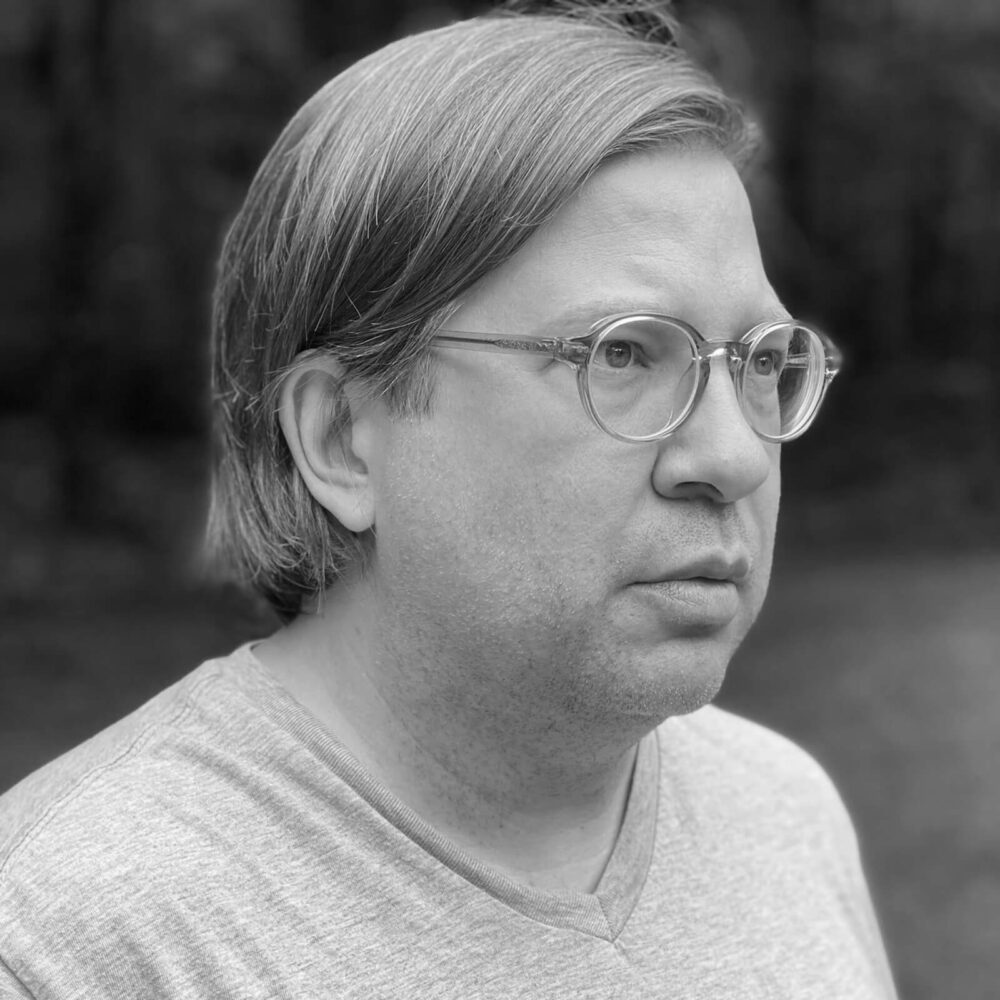
Ryan Howard
Ryan Howard leads a global portfolio of experiential programs at Google with a focus on enabling experiences at enterprise scale. Previously, he led similar programs at Goldman Sachs and worked as a design and engineering consultant spanning a wide range of creative technology applications.
Tina Blakeney
Tina Blakeney is a Director of Production in the Thinkwell Group’s Montréal Studio, where she draws on her background in the creative and digital industries, themed environments, immersive experience design, video production, and post production. Blakeney is an experimental filmmaker, photographer and VJ, working with 8mm and 16mm film for live performances and installations.Tech companies like Google find themselves in a (fairly) unique position of designing products and experiences for individual users and billion-plus audiences. This unprecedented scale has prompted considerable internal soul searching about guidelines for accessibility and flexibility.
Contemporary users expect emotional engagement, not just functionality or rich user experiences. This spans software and space and the expectations about these two realms are not mutually exclusive.

This might be tangential, but I wanted to share an anecdote: when I was writing my book, Broad Band, I profiled a group of women who built one of the earliest online services targeted explicitly to women, a First-Class BBS community called Women’s Wire, which became women.com in the early ‘90s. There was a tension within the Women’s Wire group that occurred at a key moment between the era of dial-up services, listservs, and message boards and the dawn of the World Wide Web. Basically, they couldn’t agree what the internet was for. Was it an information resource—a place where people went to get weather reports and stock updates—or was it an exchange—a place people went to share their experiences with others? Choosing one side, at the time, seemed vital to building a coherent business. One member of the team, however, told me something that I think is very wise. “At a certain level of intensity in an either/or argument,” she said, “the fact that it has reached that intensity is the indicator that the right answer is and.” When we’re talking about bridging between screens, and between meatspace and cyberspace, we should keep that in mind: we’re long past “either/or.” The answer is always “and.” And is fertile. We’re inhabiting a great big “and” right now, with this Forum, which exists everywhere and nowhere at once.
EPISODE 03—Samaneh Moafi
The MUTEK Recorder
Claire L. Evans
Samaneh Moafi
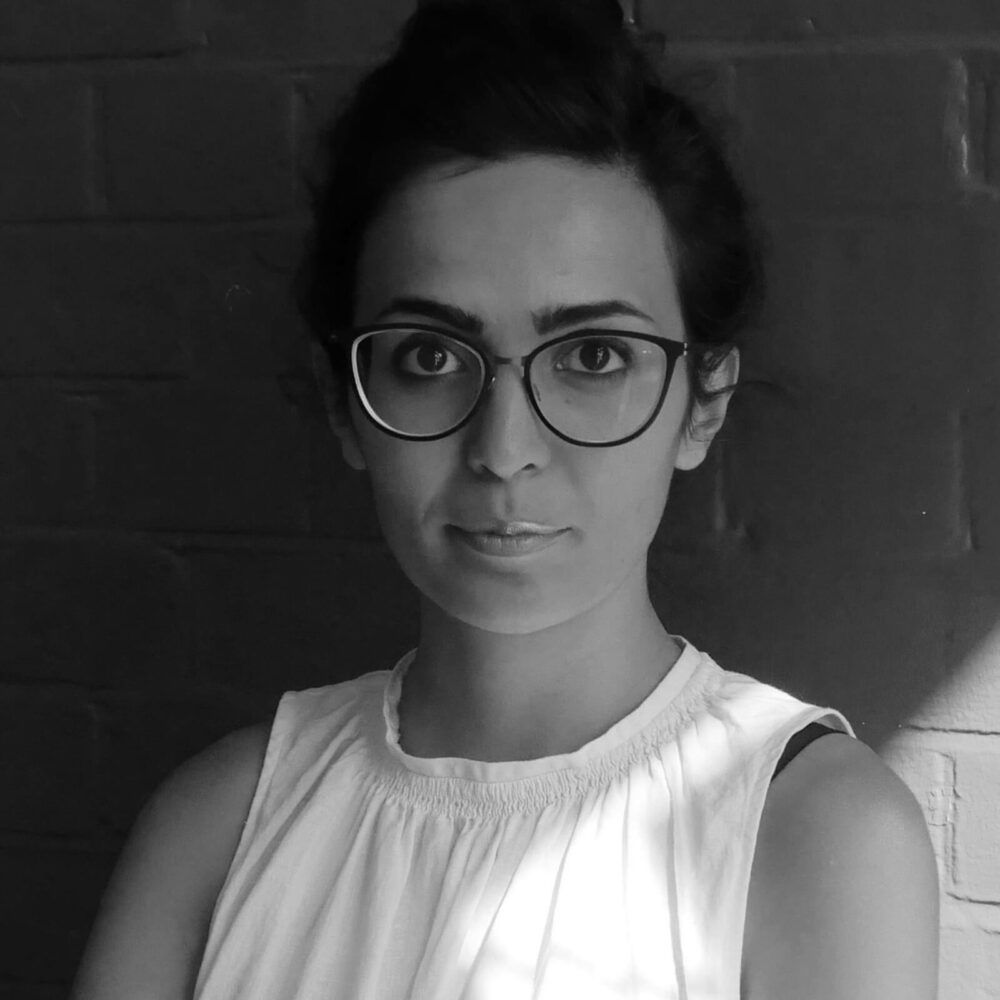
Samaneh Moafi
Samaneh Moafi is a Senior Researcher at Forensic Architecture, a London-based research agency investigating human rights violations and violence committed by states, police forces, militaries, and corporations. As head of the group’s Centre for Contemporary Nature, she develops “new evidentiary techniques for environmental violence,” including analyses of environmental racism in Louisiana (2021) and the destruction of agricultural plots at the edge of the Gaza Strip (2014-).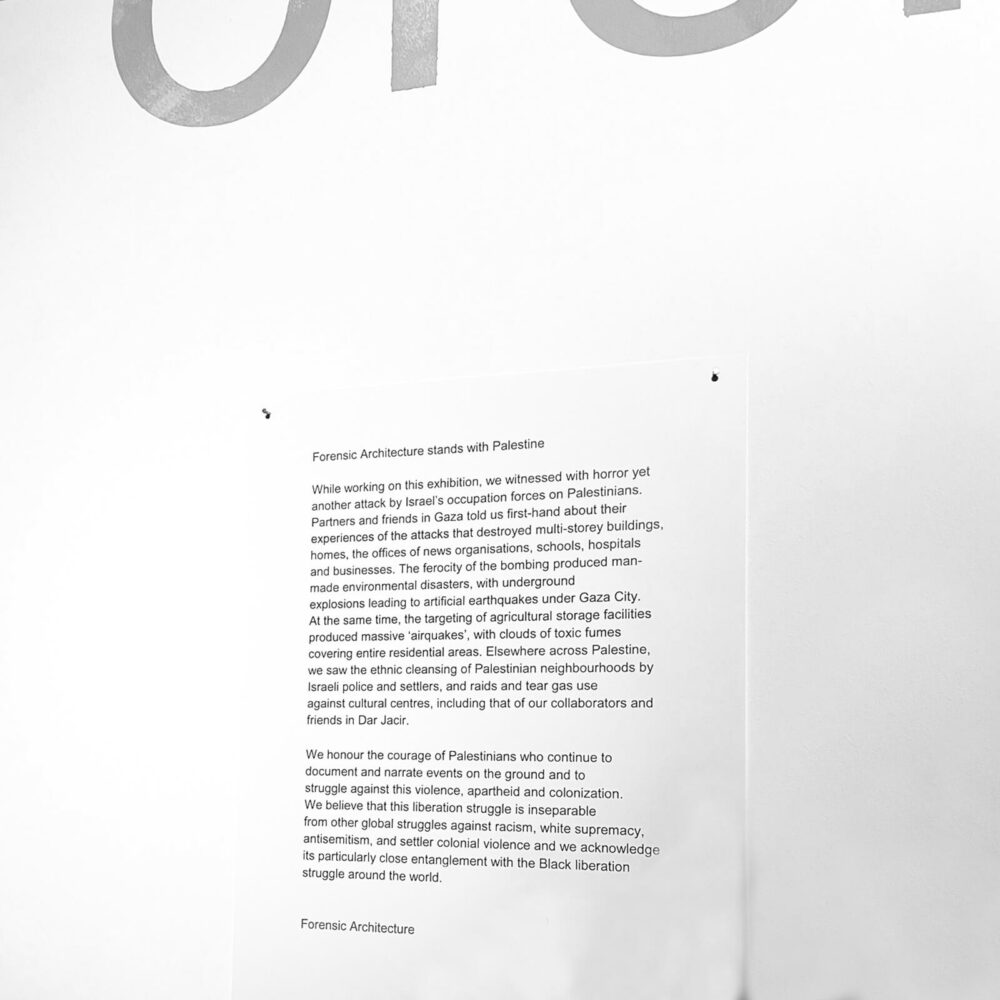
Does Volume Equal Power?
Panel
Analucia Roeder, Sol Rezza, Gabrielle HB, Amanda Guiterrez
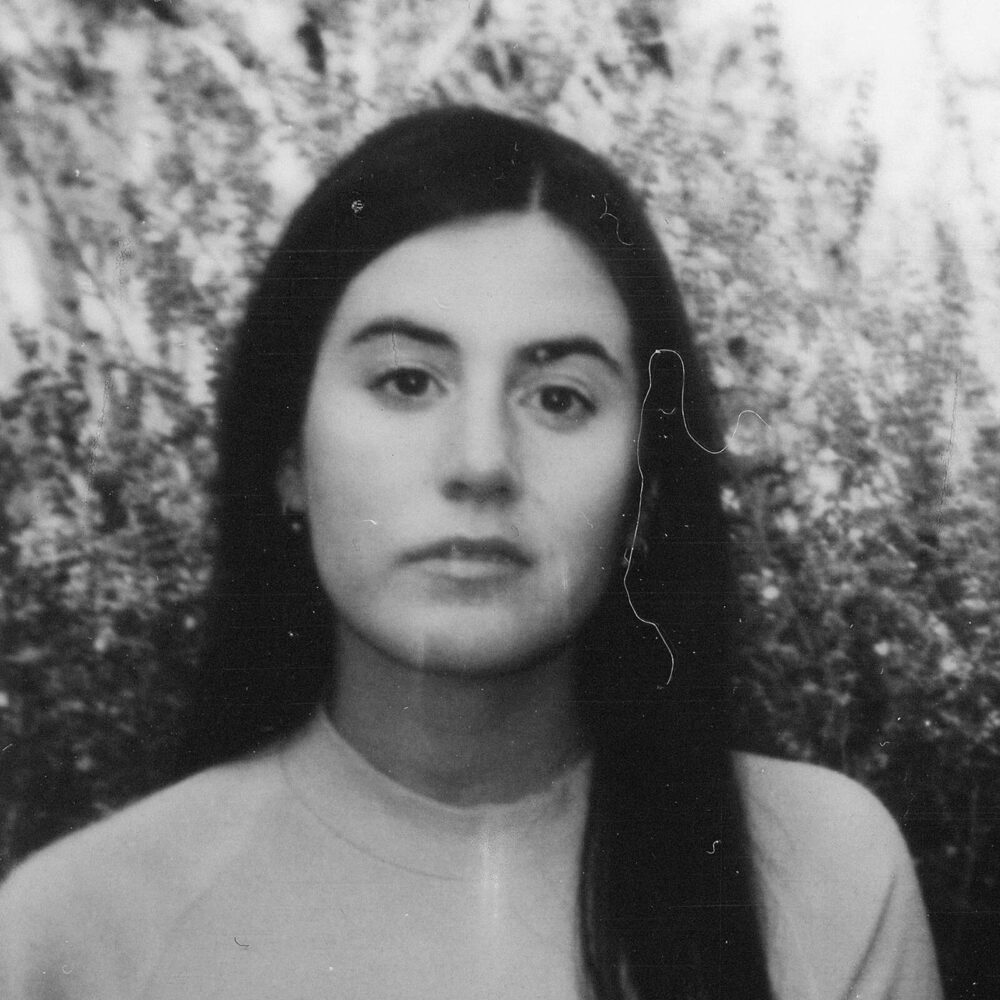
Gabrielle HB
Gabrielle HB is a sound artist working between the unceded territories of Nitaskinan and Tiohtià:ke, known as Lanaudière and Montreal. She uses voice, words, synthesisers and field recording to generate works, oscillating between free improvisation and slow composition. Her album Playing the Daily Scores was presented during the 2020 edition of Suoni per il Popolo festival and she is a member of Le désert mauve and Jardin.The empathy and respect implicit in consent culture could easily be extended to sound. As digital art and music lovers we’ve gone to one or two shows that were just unbearably loud—and experienced the ringing in our ears hours or days later. In hindsight, isn’t that discomfort, to say nothing of the permanent hearing damage, a violation?
Embodiment and immersion are ubiquitous ideas that we all understand. We desire stimulation and expect it from our digital media. However, perhaps we need to step back from this consumptive mindset and think about the types of experience we want and need, versus always default to the spectacular.
The influence of AI is pronounced on many aspects of culture, but relative to listening it’s a bit more subtle in its influence. If algorithms are now tasked with aspects of mixing and mastering; compressing frequencies to conserve bandwidth; and building our custom-tailored playlists based on mood, previous activity, and demographics, they’re tangibly changing how we listen and what we hear, as well as picking the soundtrack to our lives.

Amanda Guiterrez
Amanda Gutiérrez is a Ph.D. student at Concordia University who uses a range of media, such as sound and performance art, to investigate the aural culture of everyday life. Gutierrez is actively advocating for listening practices while being one of the board of directors of the World Listening Project and serving on the scientific comitée of the Red Ecología Acústica México.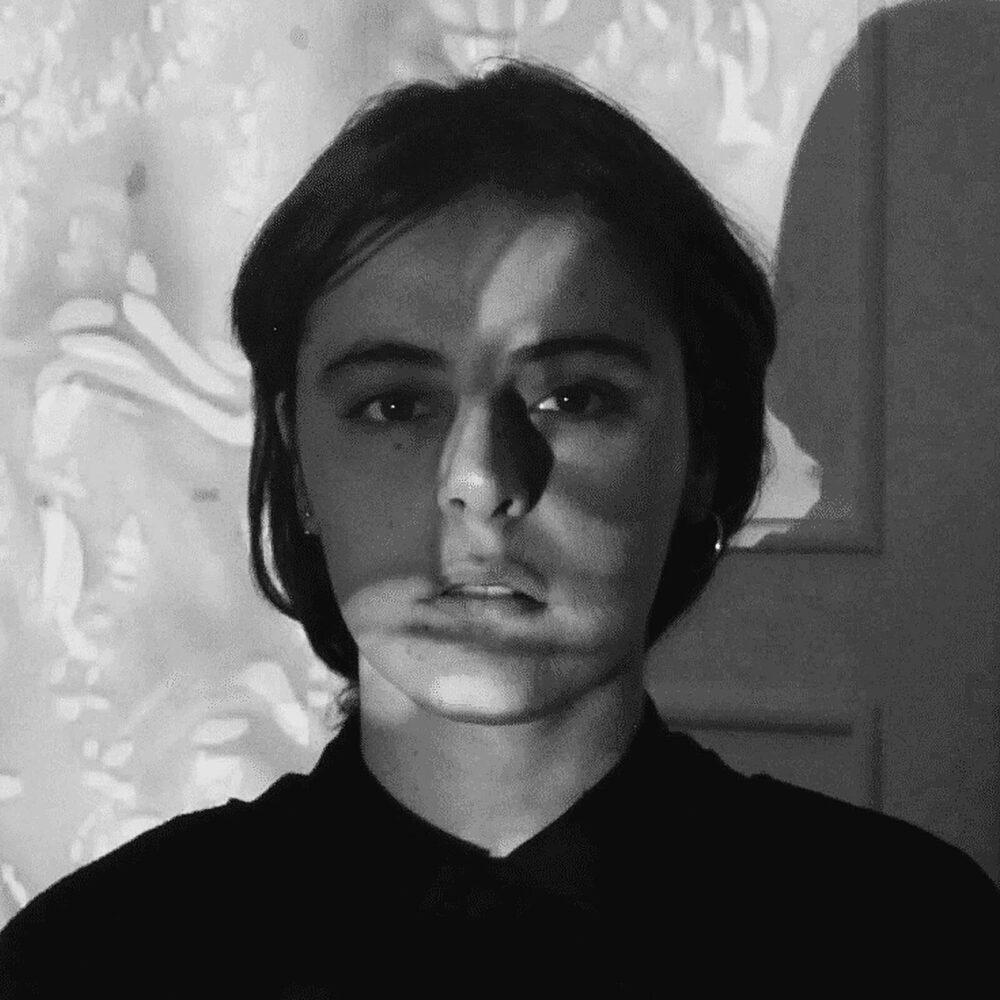
Analucia Roeder
Analucia Roeder is a Lima-based multimedia artist working across documentary, live visuals, generative art, and VR. Currently part of MUTEK’s AMPLIFY D.A. cohort, her 2016 documentary Cocachauca (2016) was awarded Most Innovative Film at Argentina’s CINECIEN and she premiered her first solo VR experience, Inside A at London’s Sommerset House Studios.
Sol Rezza
Sol Rezza is an Argentinean composer and sound designer fusing experimental electronics with immersive audio. A specialist in audio spatialization and digital storytelling, she develops her work in virtual environments and live performances moving between art, psychoacoustics, and technology. Her work has been featured at festivals including CTM Festival & Deutschlandradio Kultur (DE), MUTEK (CA), and File Prix Lux Festival (BR).
Recently I went to a NASCAR race. I’ve never experienced such a sonic assault; the dull roaring drone of twenty high-powered cars tearing across a concave circuit was physically obliterating. Volume is everywhere. In many situations, it’s beyond our control. As artists, we have the responsibility to use volume mindfully. Sonic intensity is common, but sonic intensity with purpose, deployed conscientiously, with clear markers so that audiences can consent to entering into the experience, is rare.
I appreciated Gabrielle HB’s call to explore a diversity of intensity in electronic music. Our culture seems to take loudness as a default—she referred to it as a “culture of loudness.” Perhaps it’s easy to be loud. It’s shorthand for power. It’s like in visual art—bigger paintings sell. There’s something about presence that captures the market’s imagination, that sweeps audiences away. It’s more difficult to be subtle. Perhaps the pandemic, the kind of interiority that the pandemic has sparked in us collectively, will reveal a more diffuse, quiet, and nuanced end of the sonic spectrum.
Greening the Music Industry
Conversation
Matthew Herbert
Love Ssega
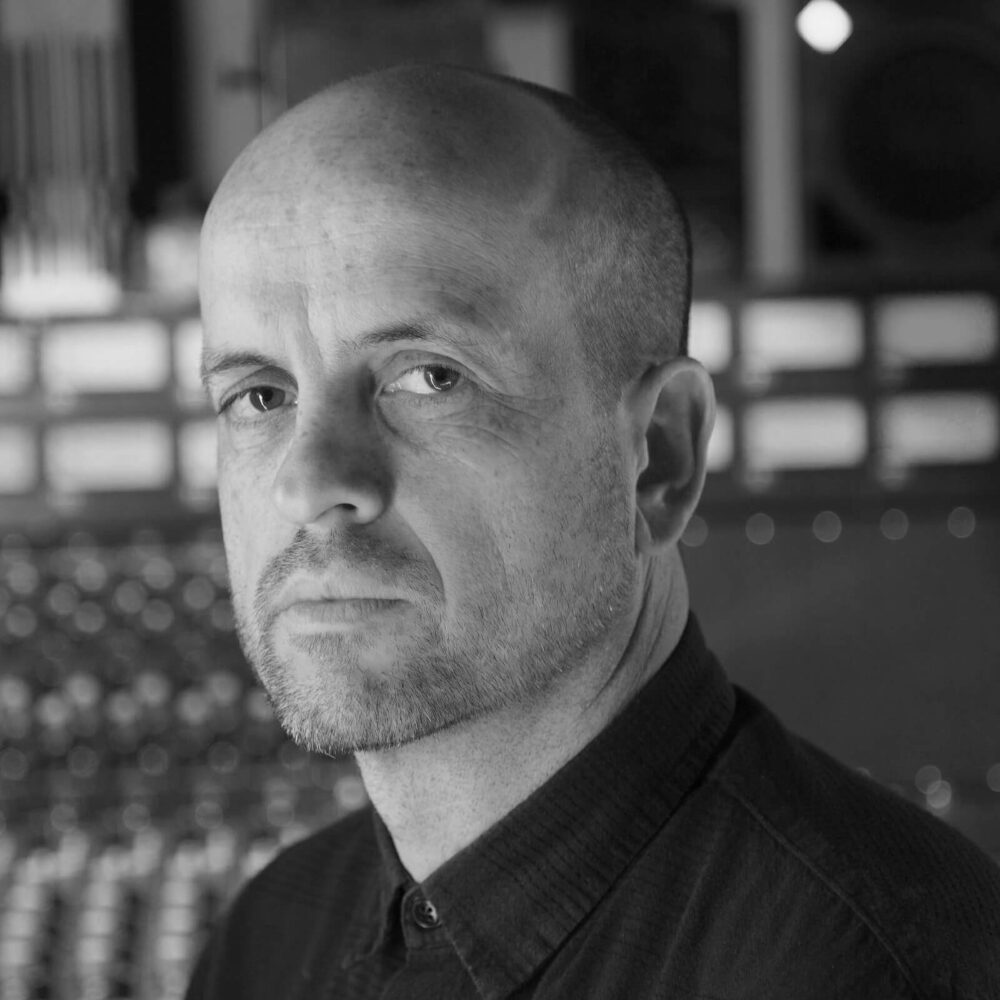
Matthew Herbert
Matthew Herbert is a composer, producer, and writer who has recorded more than 30 albums. These include the much-celebrated Bodily Functions, a score for the Oscar-winning film A Fantastic Woman, and music for the National Theatre. Herbert has performed solo, as a DJ, and with various musicians including his own 21-piece big band and 100-piece choir—from the Sydney Opera House to the Hollywood Bowl—and created installations, plays, and operas.The music industry is having a real stocktaking about its environmental impact at the moment. While physical media is passé, the streaming economy is hardly immaterial—Spotify ranks alongside YouTube in its emissions. Musicians that choose to minimize their impact on the environment have difficult decisions to make. While the prospect of economic sacrifice is daunting, it can be received positively: as an opportunity to rethink how musicians release, distribute, and perform.
We need more punk! Many genres ripple with subversive energy, music—as a force—has histories and tactics it can draw on to make noise that is loud enough to capture the public’s imagination.
It’s naive to put cultural production outside capitalism, and if musicians are scoring the soundtrack of advertisements promoting wasteful products and services, they are part of the problem not part of the solution.
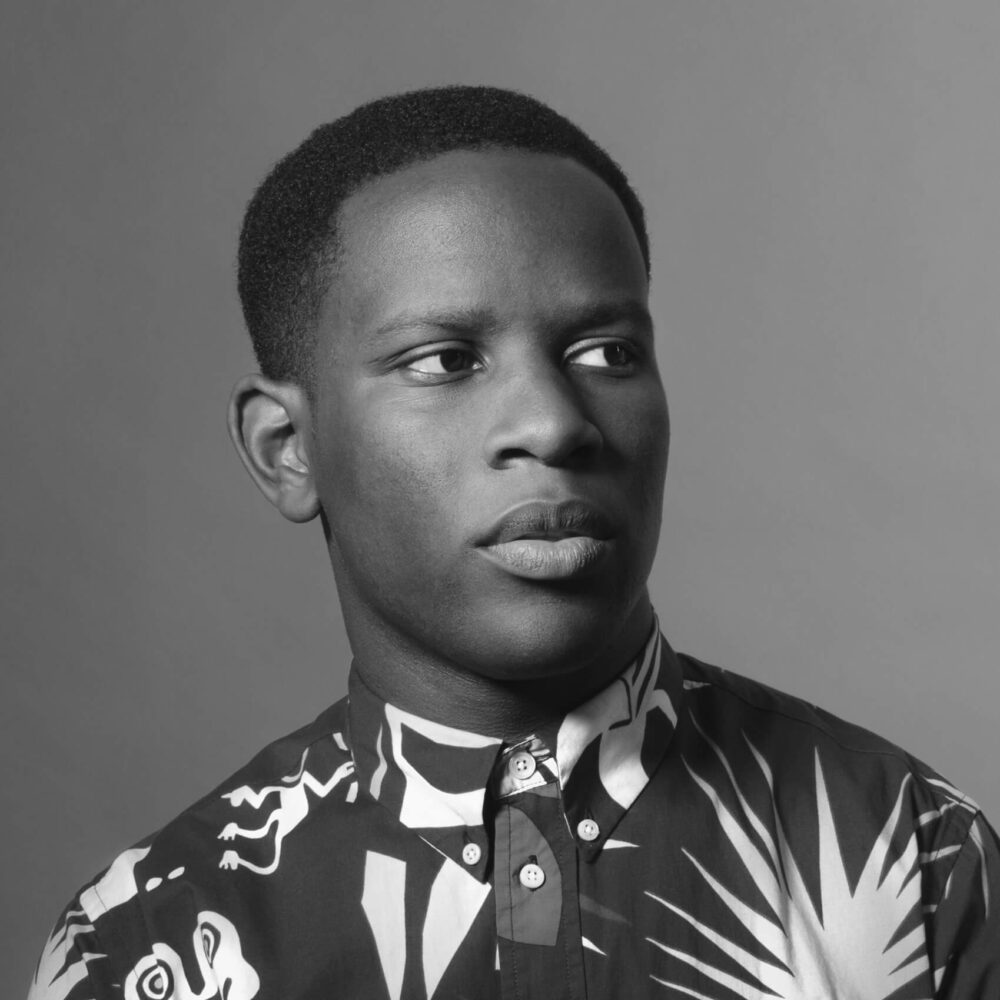
Love Ssega
Love Ssega is a British-Ugandan artist and producer from London, UK. He was a founder member of Grammy Award-winning band Clean Bandit and has a PhD in Laser Spectroscopy from Cambridge University. As a solo artist he has toured globally and been the Musician in Residence of China for the British Council and PRS Foundation. He was also recently commissioned for a national year-long artistic response to the climate action, celebrating underrepresented voices.“Who are we waiting for? Another Ghandi? Is that who it will take to stop us from shopping and travelling ourselves to death?”

It strikes me that the conversation about sustainability and music reached a kind of critical mass earlier this year, in tandem with what Sarah Friend yesterday referred to as the “JPEG summer” of NFT hype. During that initial upwelling of interest in crypto-art, audiences, collectors, and critics alike were actively measuring the carbon footprint of individual artworks using calculators like CryptoArt.wtf—a tool that was eventually retired after it was being used to harass and abuse artists in this space. A consequence of those heated conversations, however, was a larger reckoning about the carbon footprint of so many other things artists take for granted as being part of the the cost of doing business: touring worldwide in gas-guzzling airplanes, buses, and cars, the detrimental ecological effects of printing and shipping merchandise, and what it takes to have every song in the world available for streaming on a moments’ notice. Ultimately it seems there is no 100% environmentally sustainable way to build an economically sustainable career.
Out Now: “All Art is Ecological” by Timothy Morton
Timothy Morton
All Art is Ecological
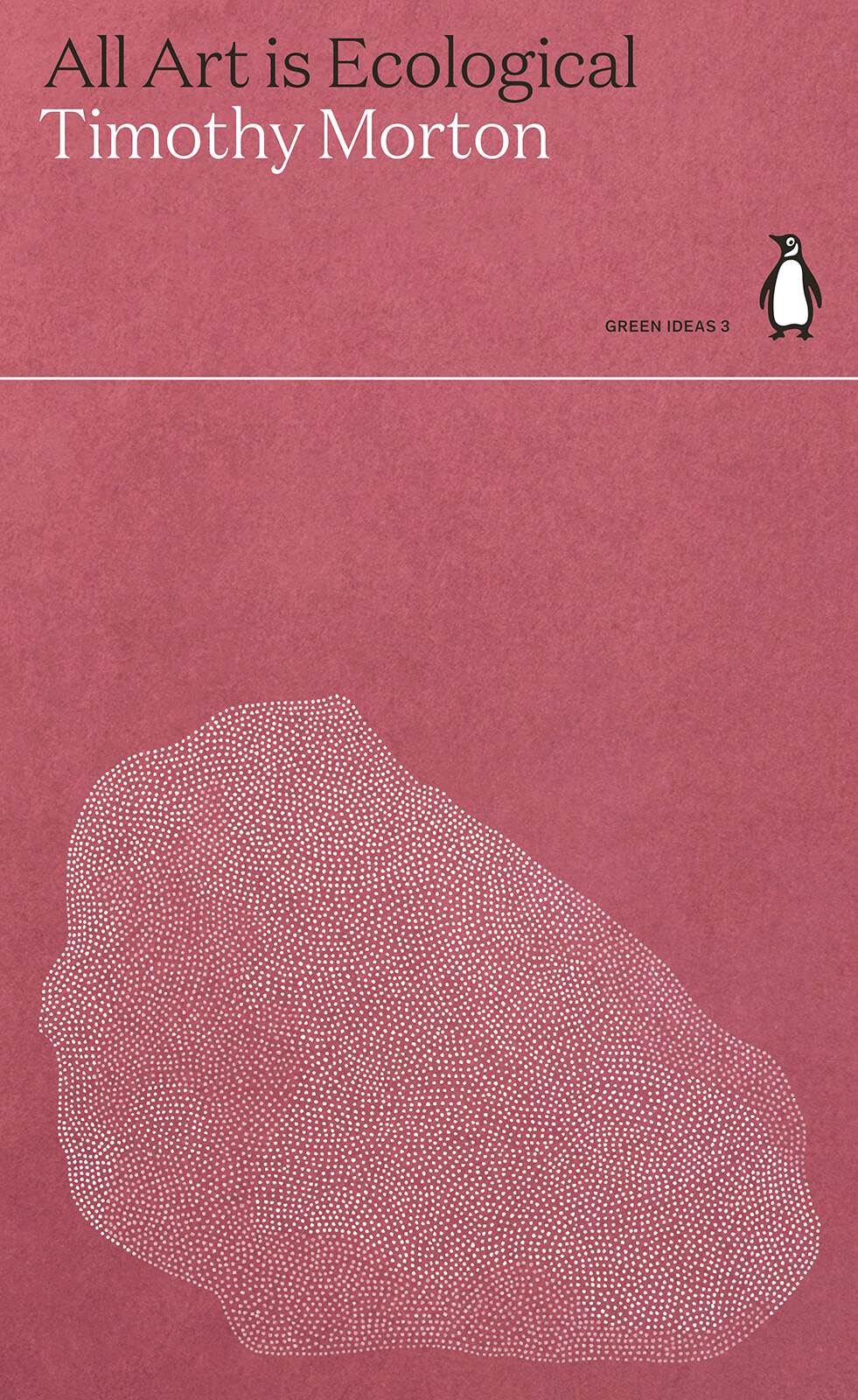
Research Shows a Bad Solar Storm Could Cause an ‘Internet Apocalypse’
“What really got me thinking about this is the pandemic and how unprepared the world was. There was no protocol to deal with it effectively, and it’s the same with internet resilience.”
EPISODE 02—Mindy Seu
The MUTEK Recorder
Claire L. Evans
Mindy Seu
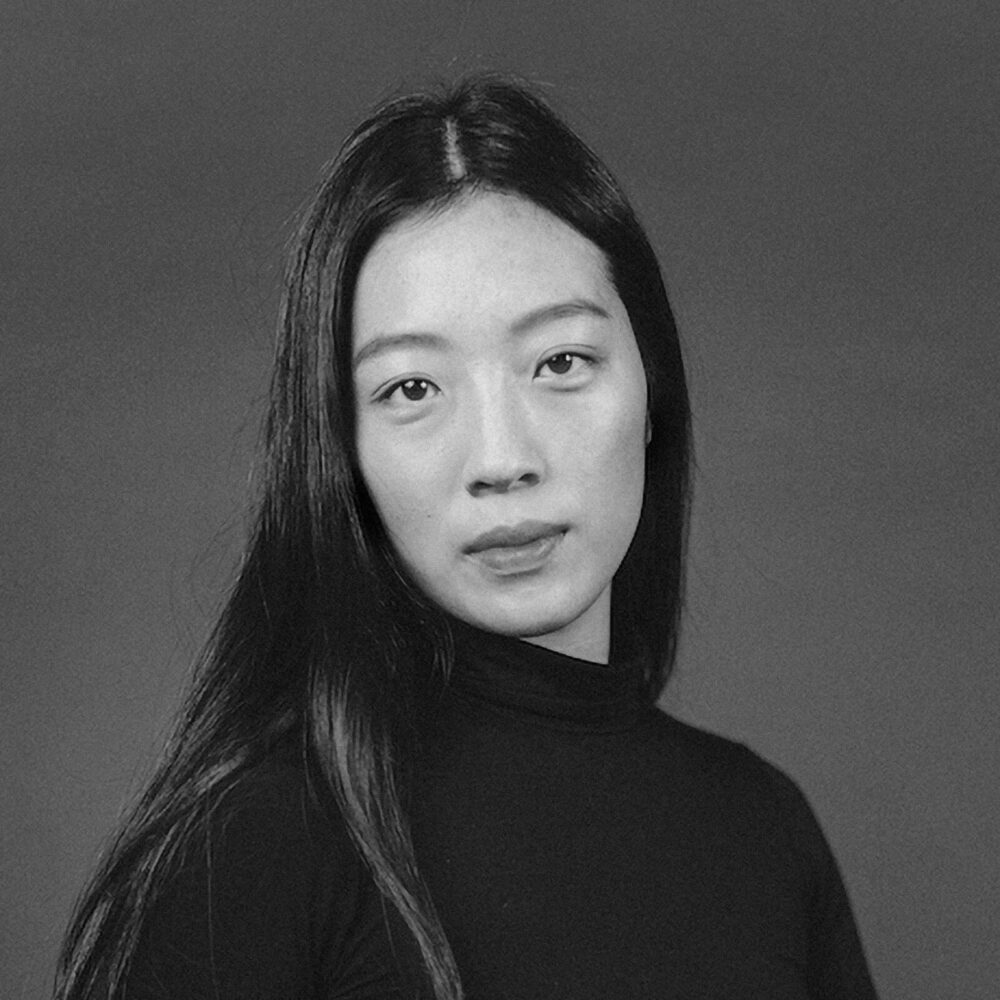
Mindy Seu
Mindy Seu is a deep thinker about publishing, research, and archives, her recent projects include the much lauded Cyberfeminism Index, which compiled feminist provocations from Donna Haraway’s essay “A Cyborg Manifesto” through present day, providing an invaluable public resource. The New York-based designer is currently undertaking research stints with the MIT Media Lab Poetic Justice group and metaLab Harvard.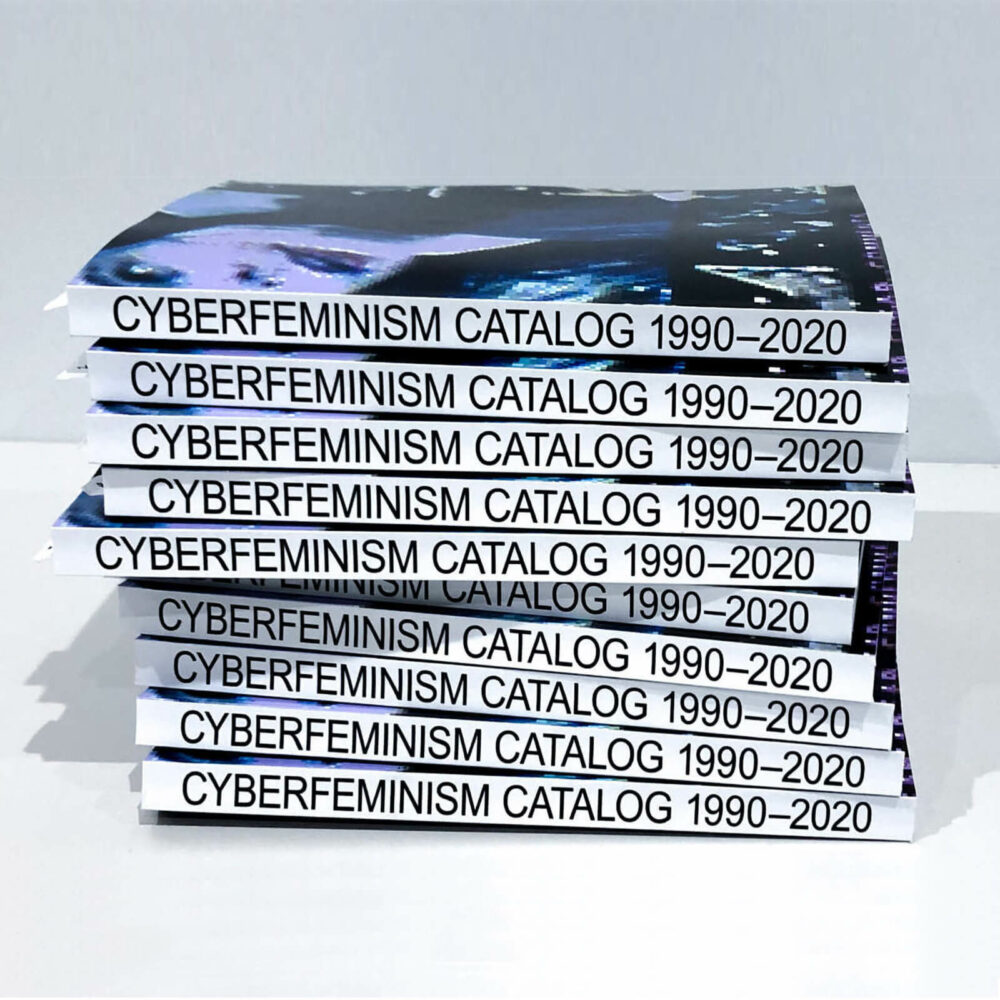
Cyberfeminism Catalog
The precursor to Cyberfeminism Index, Cyberfeminism Catalog was Seu‘s 2019 thesis project at the Harvard Graduate School of Design. Much of the legwork for the index was done here, and Seu collected, collated, and ruminated on the origins of 1980s and ’90s origins of cyberfeminism, ”pushing it into plain sight for others to respond and build upon,” in print before HTML.Q&A
Sarah Friend
Charlie Robin Jones
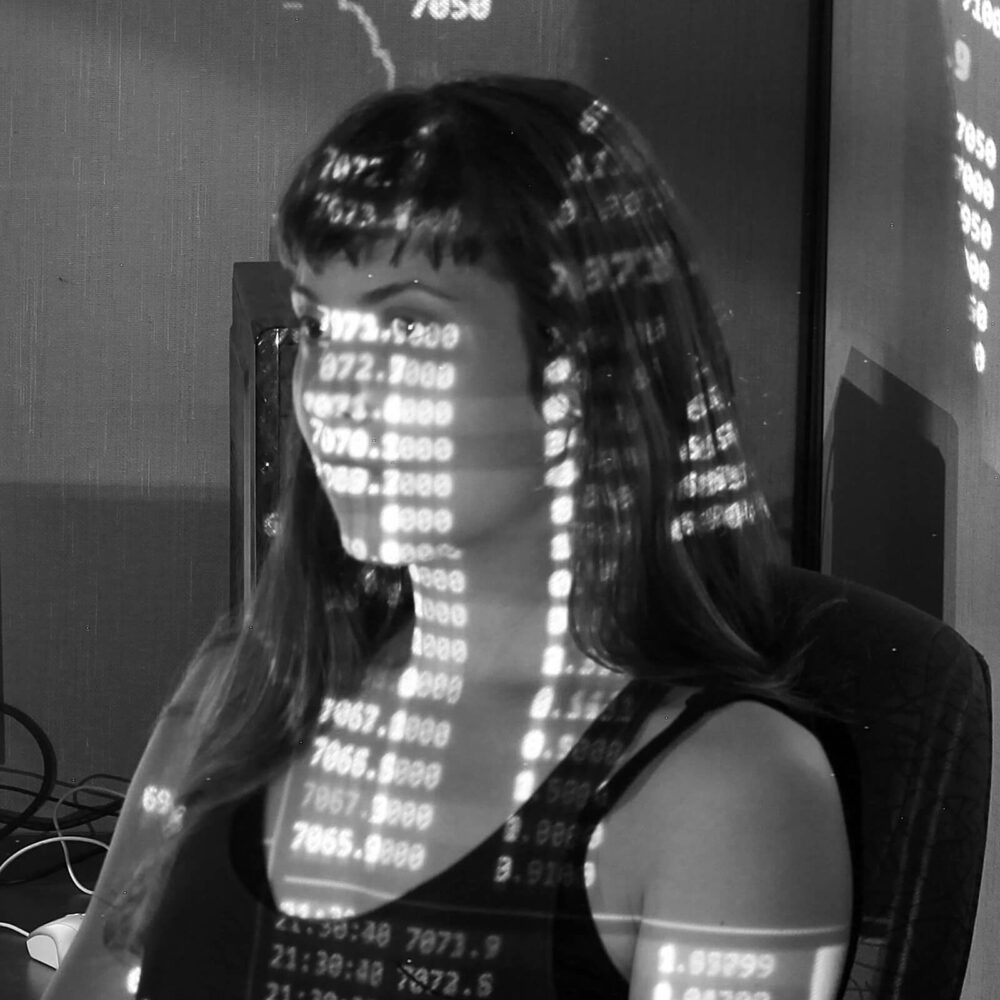
Sarah Friend
Sarah Friend is an artist and software developer who engages software as a site-specific media, systems as speculative fictions, and worldbuilding as praxis. She is a participant in the Berlin Program for Artists, a co-curator of Ender Gallery, an artist residency taking place inside the game Minecraft, an alumni of Recurse Centre, and an organiser of Our Networks, a conference on all aspects of the distributed web.The crypto world is awash in protocols that have for better and worse given us many new forms to make sense of. Friend’s body of work is a sustained critique of these new typologies and lays bare how these new mechanics of generating wealth and ascribing value work. Rather than take this new vernacular—mining, minting, owning—for granted, we need to interrogate these new ways of relating and interacting.
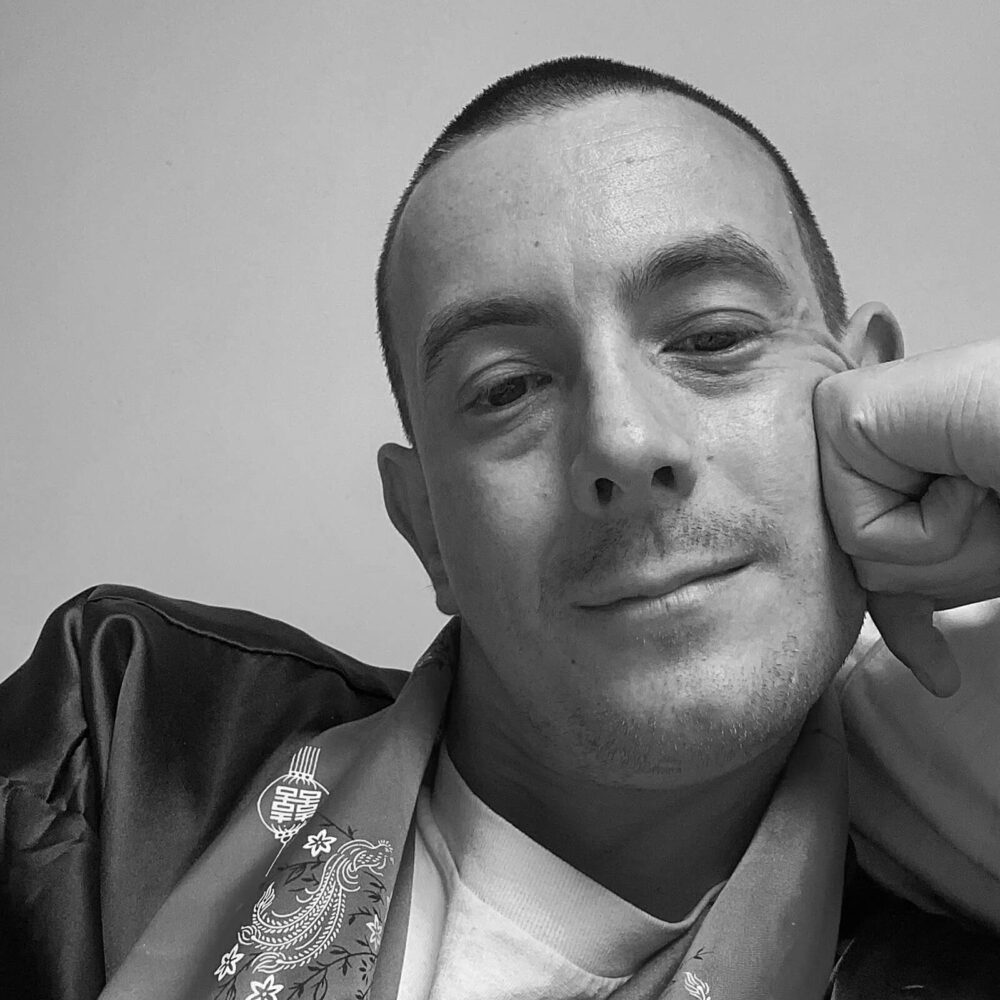
Charlie Robin Jones
Charlie Robin Jones is the head of external relations for the cultural strategy group Flamingo, editor-at-large of materialist journal Real Review and UK correspondent of Flash Art, where he writes a quarterly column on fashion.• Dean Kissick, “The Downward Spiral” Spike (A vital takedown of the aspects of NFT consumption much of Friend’s work critiques)
• Remembering Network (Sarah Friend’s digital “seed vault” for threatened and extinct species)
Panel
Lukas Volz, Grand River, Richard Chartier, John Connell

Lukas Volz
Lukas Volz is a neurologist and head of the Network Plasticity Lab at the University of Cologne, where he investigates neural plasticity and the reorganization of human brain networks using neurostimulation and neuroimaging. Lukas undertook graduate studies at the Ruhr-University in Germany and was a postdoctoral scholar at the Max-Planck-Institute for Neurological Research and UC Santa Barbara.The relationship between meditation—focused breathing—and wellness is well documented but the recent ‘mindfulness turn’ has seen a wider public interested in sharpening their attention. Musicians have a place in this conversation and by treating sound as an object (rather than commodity) we might further mold our capacity to listen and be present.
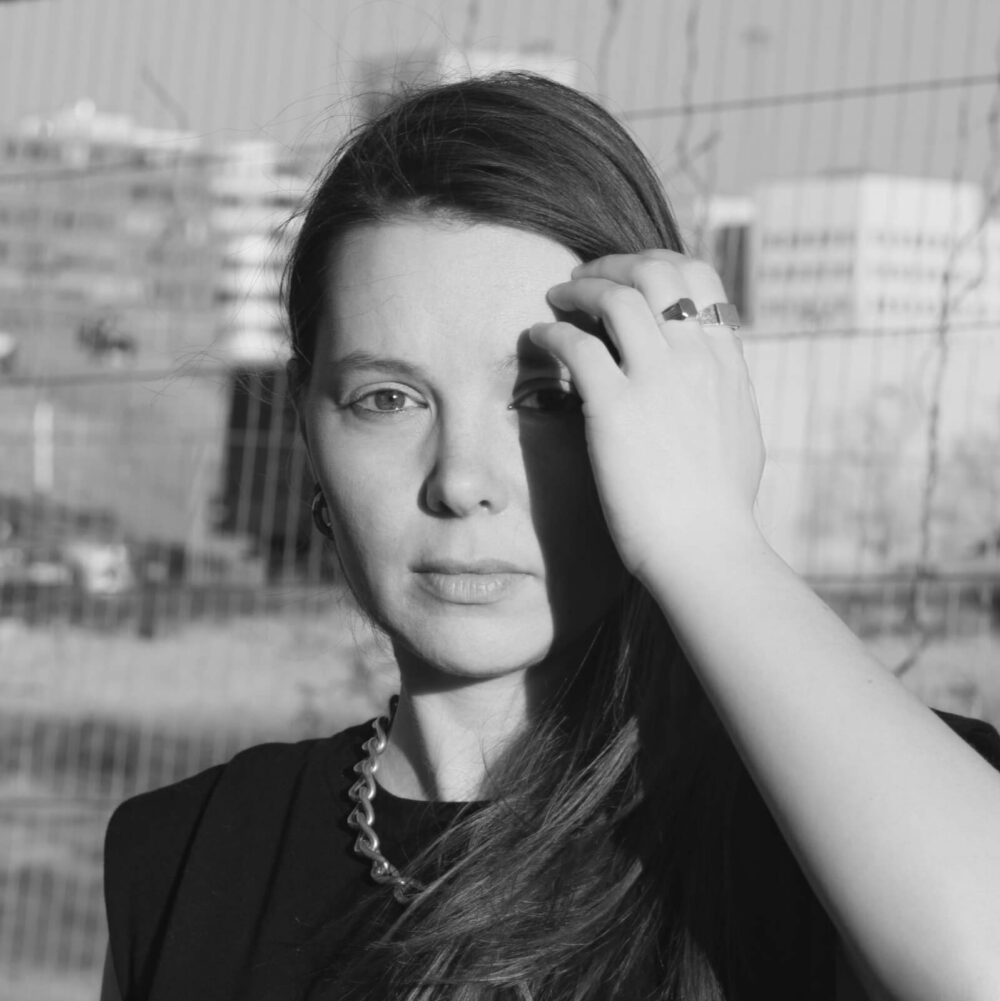
Grand River
Aimée Portiolia is a Dutch-Italian composer and sound designer who records and performs as Grand River. Influenced by classical minimal music, her debut album Crescente was released in 2017 on Spazio Disponibile and her sophomore album Blink A Few Times To Clear Your Eyes was released on Editions Mego in 2020.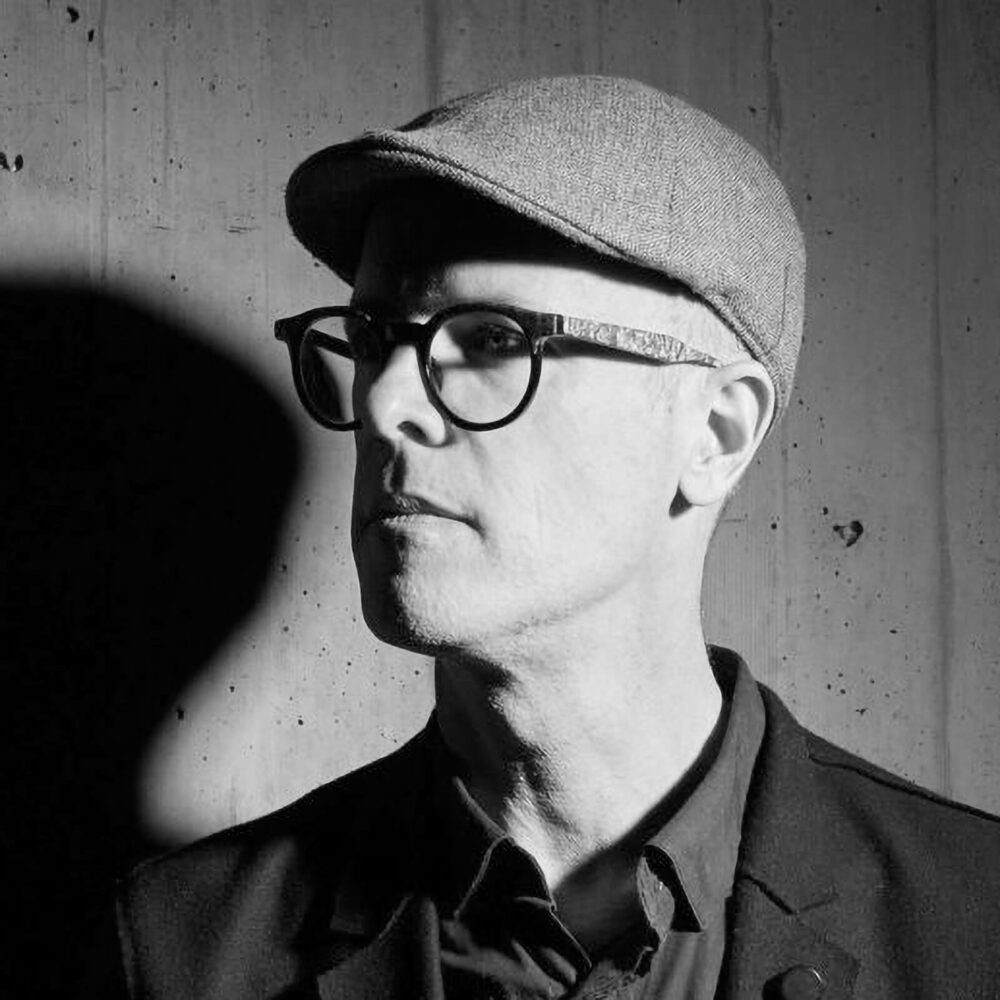
Richard Chartier
Richard Chartier is a Los Angeles-based artist and composer. His works explore the inter-relationships between the spatial nature of sound, silence, focus, perception, and the act of listening itself. Chartier has released music on labels including Room40, Editions Mego, and his own imprint LINE. Beyond composition, he has collaborated on installations with artists including Evelina Domnitch & Dmitry Gelfand, and Linn Meyers.
The mindfulness conversation entered brain-bending territory when the neuroscientist Dr. Lukas Volz pointed out that our brains construct an internal model of the world that constantly predicts what will happen next—which means that what we experience in any given moment is not what is actually happening around us. Rather, our brains constantly create their own subjective illusion of reality, which then effectively becomes our reality. How can we gain access to this internal model and improve it, so that we can in turn improve our lives? Dr. Volz suggests that sound is a way in—and that music, with its repetitive patterns and rhythms, might in fact tickle the internal model’s predictive mechanism. I found this unexpected relationship between perception, sound, and time fascinating. It lends a measure of scientific rigor to the promises of mindfulness, of course, but it also explains the primal appeal of music, more generally.
Tides and Tides Again
Conversation
Sabrina Calvo
sava saheli singh
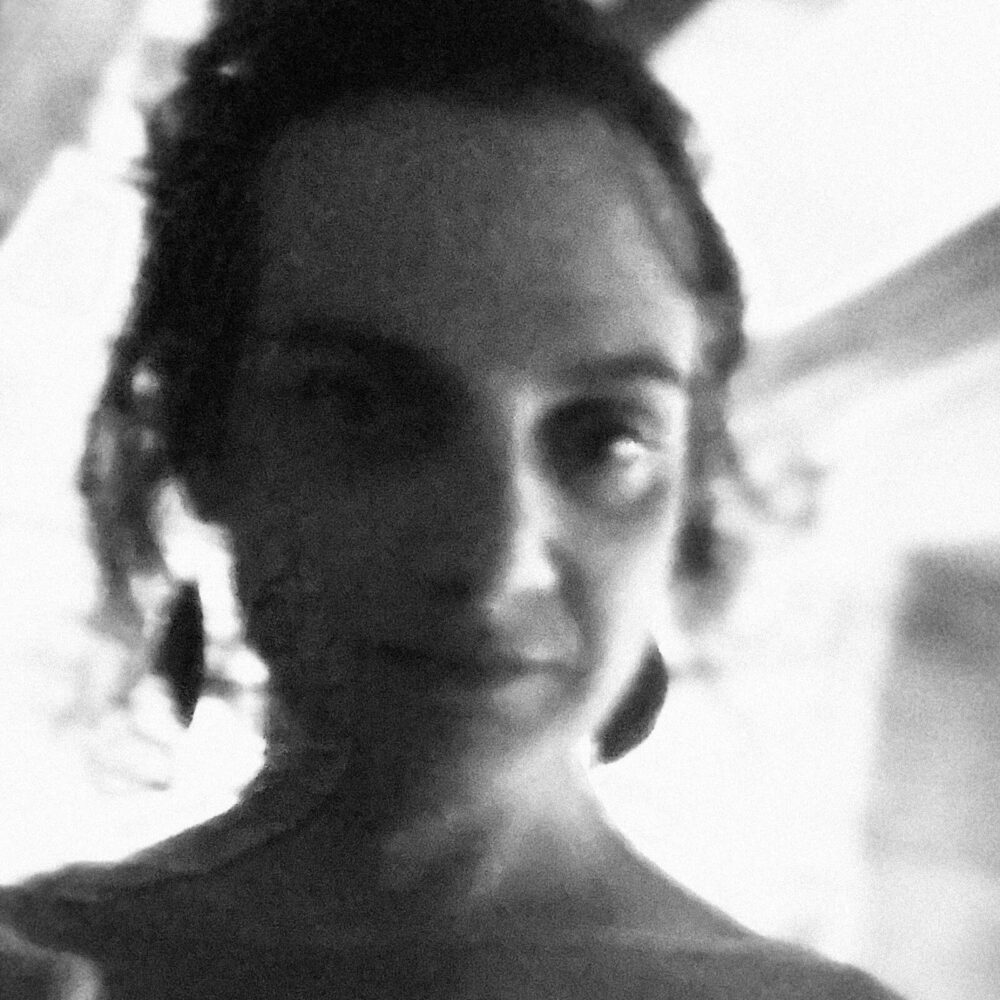
Sabrina Calvo
Sabrina Calvo is a transdisciplinary artist who has spent twenty years deconstructing narratives and designing virtual worlds. Calvo is the author of the novels Toxoplasma (2016) and Melmoth Furieux (2021). She rediscovered sewing in 2020, a practice allowing her to build “an intimate poetry between clothing and magic.”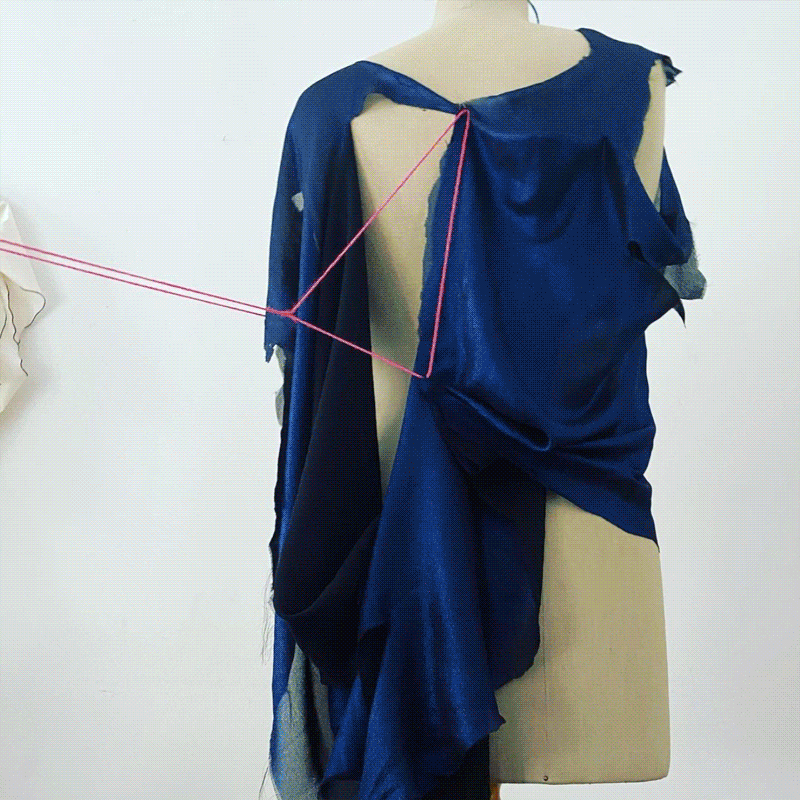
Reve Riviere
Calvo rediscovered sewing in 2020 and her designs are brimming with cuts, tears, strings, and sashes. See her Instagram account @reve.riviere, where she dutifully logs impressionistic sketches, material samples, and the glorious mess of her sewing table.Having worked across fiction, performance, and fashion Calvo points to two common themes that fuel her work. The first is being attuned to dreams and “trying to manifest them” irregardless of medium or material. Secondly, a deep empathy, informed by introspection about what one can offer, and listening closely for what others need.
Queer and marginalized creators have an opportunity to help others with their stories, by representing alterity and other ways of being, and also by combatting the “monpolization” of spirituality by non-inclusive actors.
How to nurture a radical, inclusive, art-making practice that is not driven by profit. Stay focused on work you love while learning your craft very well, then, outsource your technical skills. Channel that revenue back to your art and keep your practice pure.

sava saheli singh
sava saheli singh is the eQuality-Scotiabank Postdoctoral Fellow in AI and Surveillance at the University of Ottawa AI + Society Initiative. In a previous post-doc at Kingston University singh co-produced three experimental short films as part of the Screening Surveillance series, and she is currently researching how teachers use learning technologies in their practice and how this has been impacted by COVID-19.“Fashion is just being draped in dreams, basically. Dreams are manifest, with us every day, and a form in themself.”

Toxoplasma
Calvo’s 2016 science fiction novel takes place after the revolution. In it the island of Montréal is under siege—its bridges are blocked by the federal army. Supporters of the old liberal world and those who aspire to an anarchist society are tearing the streets up, seizing the moment and transforming the cityscape into something new, in which human communities survive and reconfigure themselves.
Calvo has an expansive practice, spanning writing, game design, and textile work. I loved her graceful way of talking about both the immaterial and the material aspects of art-making, and the “beautiful correlations” she discovers while working across mediums. The practice of sewing by hand, for example, drew her back to writing by hand, after she realized how much of writing passes through gesture. What emerges from the pen is so much different than what emerges from the keyboard, I think because the tip of a pen on paper is a single point of focus, a direct line from the mind through the body and onto the page. Typing, on the other hand, requires a forking of focus: the eyes land in one place, the screen, while the hands are off doing their own thing. Calvo talked about dreams, about the project of making dreams manifest. I think that requires a certain fluid, frictionless relation between body and mind.
EPISODE 01—Yuri Suzuki
The MUTEK Recorder
Claire L. Evans
Yuri Suzuki

Yuri Suzuki
Sound artist Yuri Suzuki works in installation and instrument design and is best known for the synth he designed for Jeff Mills (2015) and his reimagination of the Electronium for the Barbican (2019). More recently, London-based Suzuki became a partner at the international design studio Pentagram, where he has worked on branding projects for clients including Roland and the MIDI association.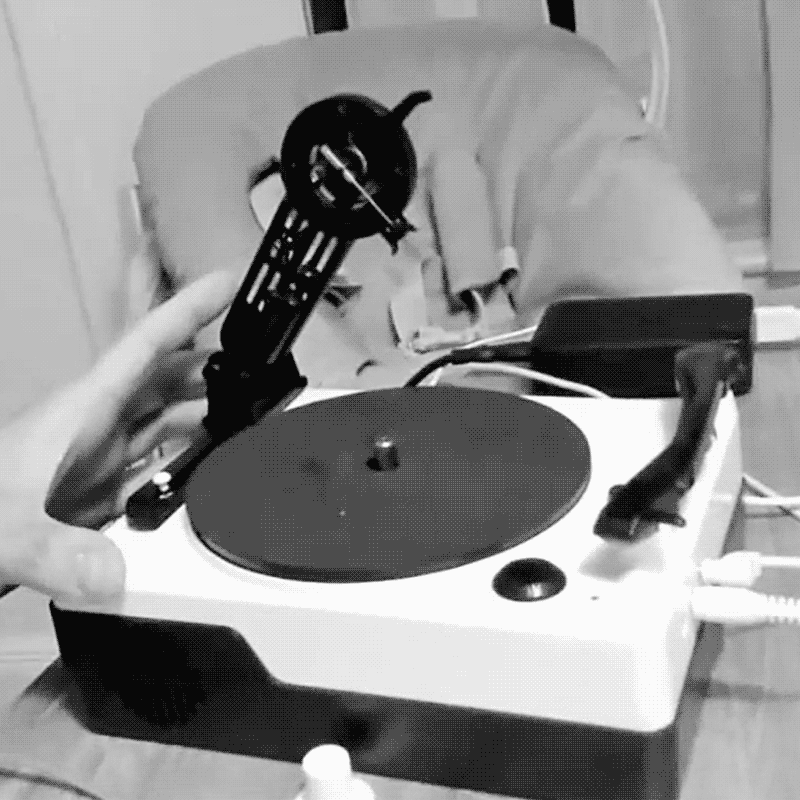
EZ Record Maker
The antithesis of our current Spotify moment, EZ Record Maker is a joint-venture by Suzuki and Japanese publisher Gakken that endeavours to bring low cost vinyl record creation to the masses. With a dead simple interface, users simply plays audio through the an auxillary cable or USB and then lifts the cutting arm onto a blank disc—and voila, EZ record, made.Panel
Eliane Ellbogen, Elena Zavelev, Cadie Desbiens-Desmeules, Ryan Stec, Joseph Cutts

Eliane Ellbogen
Eliane Ellbogen is an intellectual property lawyer with business law firm Fasken, and focused on information technology. She advises and represents clients in complex, high-profile patent, trademark, copyright and trade secret mattersIn this boom phase, NFTs prompt far more questions than answers. The lack of standardization around copyright and the durability of the work are thorny issues for both artists and buyers alike. We’re truly making up the rules as we go, thus far.
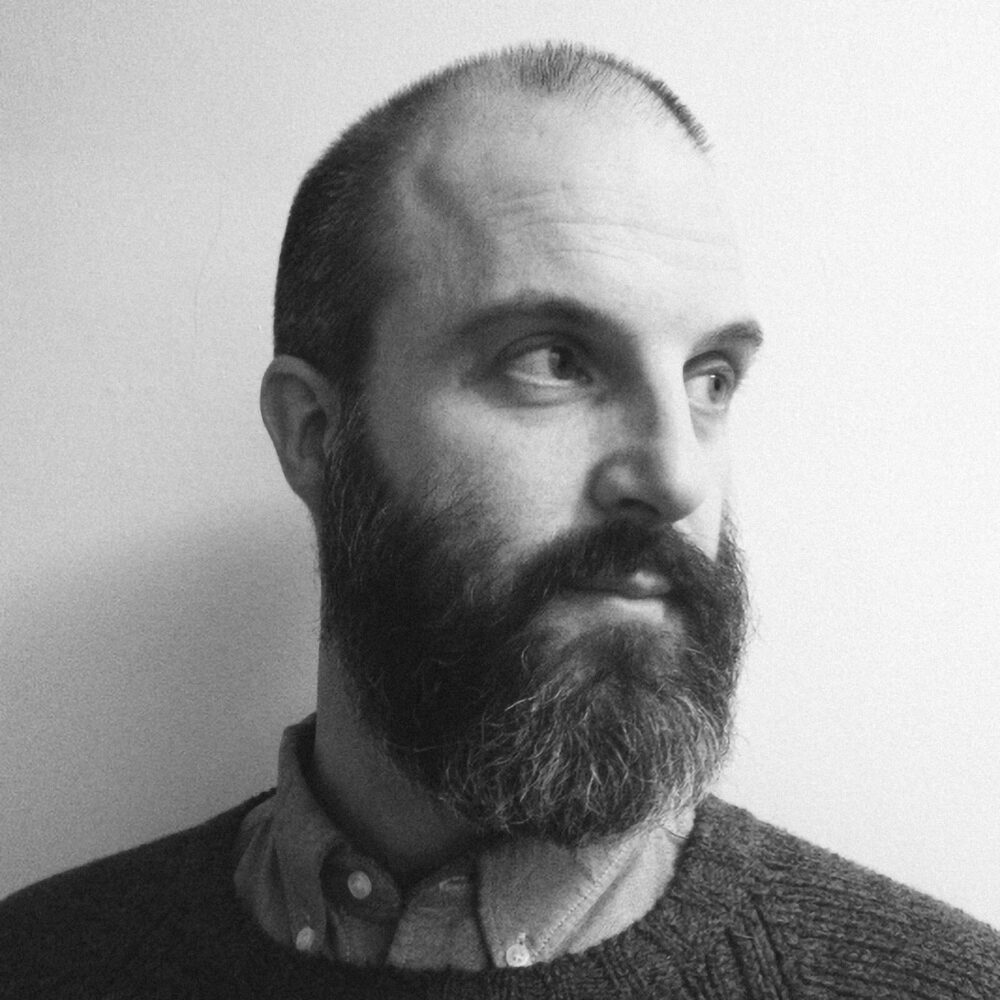
Image: Hic et Nunc profile of AI artist Mario Klingemann
“How can we leverage NFTs but not reproduce the same power structures that already exist and without widening the gap between those that succeed and those that don’t?”

Elena Zavelev makes a great point about the role of community in the NFT marketplace. To me this is most novel aspect of crypto-art: artists are collecting one another left and right, at a scale and with a vocal enthusiasm you just don’t see in the traditional art marketplace, which is too financially prohibitive for the kinds of smaller-scale, armchair collectors that are the lifeblood of the NFT markets. On Hic et Nunc, for example, artists regularly sell inexpensive editions, which makes owning their work accessible to a much broader group of people. I’ve written about how these inexpensive editions—and the relative exchange rate of cryptocurrencies around the world, relative to the cost of living—has opened up new economic realities for artists in the Global South. There are massive crypto-art scenes in Brazil, Malaysia, Turkey, and the Philippines. I find that extraordinarily exciting.
Planetary Computation
Keynote
Benjamin Bratton
Orit Halpern
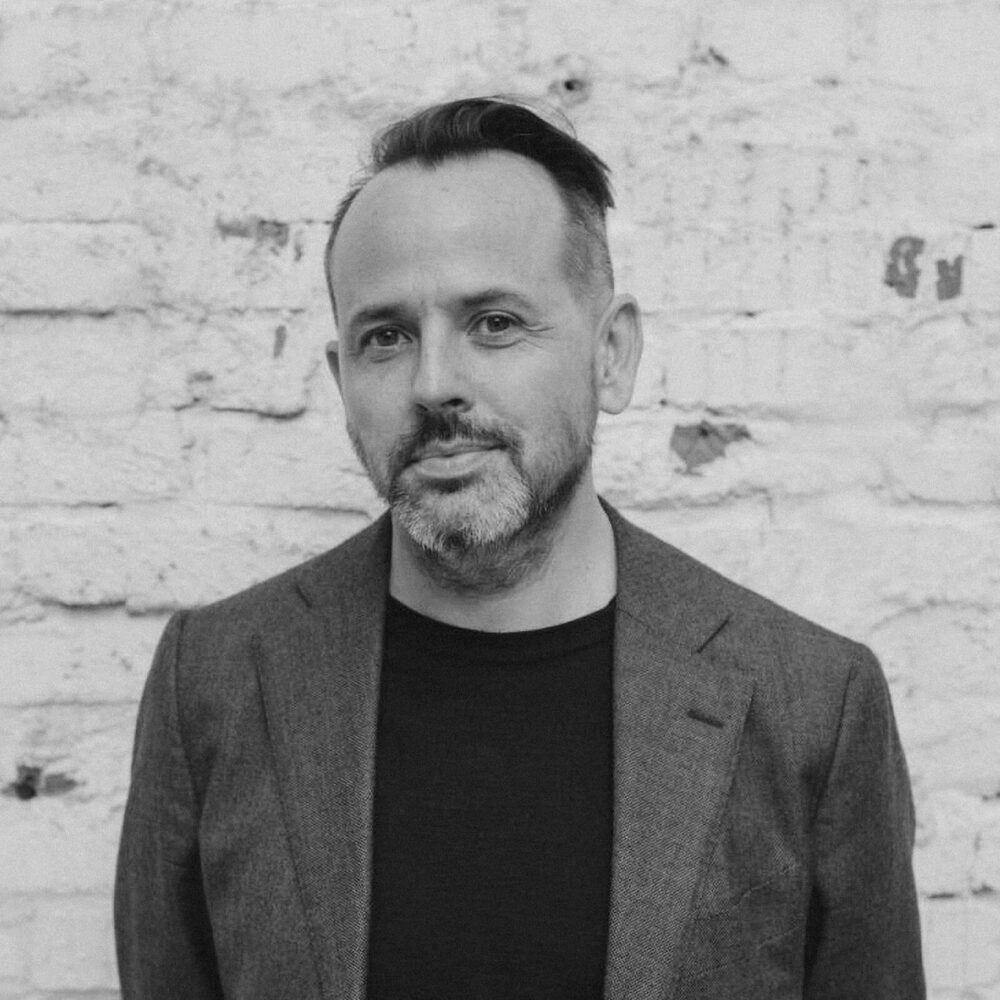
Benjamin Bratton
Benjamin Bratton is Professor of visual arts at UCSD in San Diego, and author of The Stack (2016) and The Revenge of the Real (2021), which, respectively, schematize systems of scale and governance after Big Tech, and consider what politics in a post-pandemic world could be. Bratton is also the Program Director for The Terraforming, an initiative at Moscow’s Strelka Institute that tasks design students with tackling the radical transformations required for Earth to remain a viable host for life.Bratton opens by locating the history of technology as also being a history of thought. Noting the true product created by philosophers of technology (like the recently passed Jean-Luc Nancy) is that grappling with the implication of new technologies reveals new facets of how we already think, and how we might think in the future.
Recent AI systems move beyond the clumsiness of early chatbots like ELIZA. Their ability to understand and respond to semantics and engage in wordplay—actions we’d normally associate with intelligence—suggest we’ve crossed a threshold where artificial systems can absorb knowledge. We’ve been stuck in a loop for a while with our discourse about these systems though: we erroneously confuse their competency for comprehension.
The ‘Artificial’ in artificial intelligence is located in the artifact, in material culture. Example: an arrowhead reveals an intentionality towards the natural world.
“We’re using our distributed computer power to distribute 4K video on TikTok when we could be dedicating those resources to sophisticated natural language processing.”

Orit Halpern
Orit Halpern is an associate professor at Concordia University in Montréal, working within the Speculative Life cluster within the Milieux Institute. Her work bridges histories of science, computing, and cybernetics, and she is the author of Beautiful Data (2015).Stack diagram by Metahaven.
‘Data’ and ’waste’ are problematic qualifiers for thinking about what gets generated by technological systems. The distinctions are not as clear-cut as we might think are and often what we label as one, might actually be the other.
We’ve been overly “blunt” in how we use the word ‘surveillance,’ and focused on its negative connotations. A more useful term is ‘sensing layer’ whereby that monitoring is mobilized for governance. In the popular vernacular about surveillance there is a concern about individuals being seen, watched, and compromised, but there are just as many cases of communities and bodies not being seen or tended to (e.g. the many demographics that have become invisible during the pandemic). We’ve been collecting the wrong data—habits of consumption—and it does not help conceive or implement needed positive social change. Climate science is a key example of the kind of datasets and archives we should be building—and acting on.
• Richard Brautigan, “All Watched Over by Machines of Loving Grace” (1969)
• Anastasia Sinitsyna et al, “Face As Infrastructure” (2020)

Bratton’s framing of the artificial vs. the synthetic, and the statement early in his keynote that “no one single neuro-anatomical disposition has a privileged monopoly on how to think intelligently” echoes some of my own recent research into unconventional computing and Artificial Life, a discipline in computer science concerned with building life, or intelligence, from the bottom up, rather than from the top down. ALife researchers see life as a property of form, not matter—a perspective Bratton evidently shares! The computer scientist Christopher Langton writes about life as a dynamic, non-linear system, which emerges from the interactions between parts. Using an analytic method to examine life’s constituent parts in isolation makes no sense, because we lose those critical interactions that define life. It’s more generative to take a synthetic approach, examining life’s constituent parts in each others’ presence—and even to build instances of those constituent parts in silico. “Rather than take living things apart,” Langton writes, “Artificial Life attempts to put living things together.”
Collaborating with microbiologists at the University of Natural Resources and Life Sciences Vienna (AT), bioartists Anna Dumitriu and Alex May premiere Fermenting Futures at the 15th International Congress on Yeasts. The work explores a Pichia pastoris yeast that Dumitriu and May CRISPR-modified to capture carbon and output lactic acid for the creation of biodegradable plastic. The project aims to highlight the potential of yeast—“the workhorse of biotechnology”—and is scheduled for several major exhibitions in 2022.
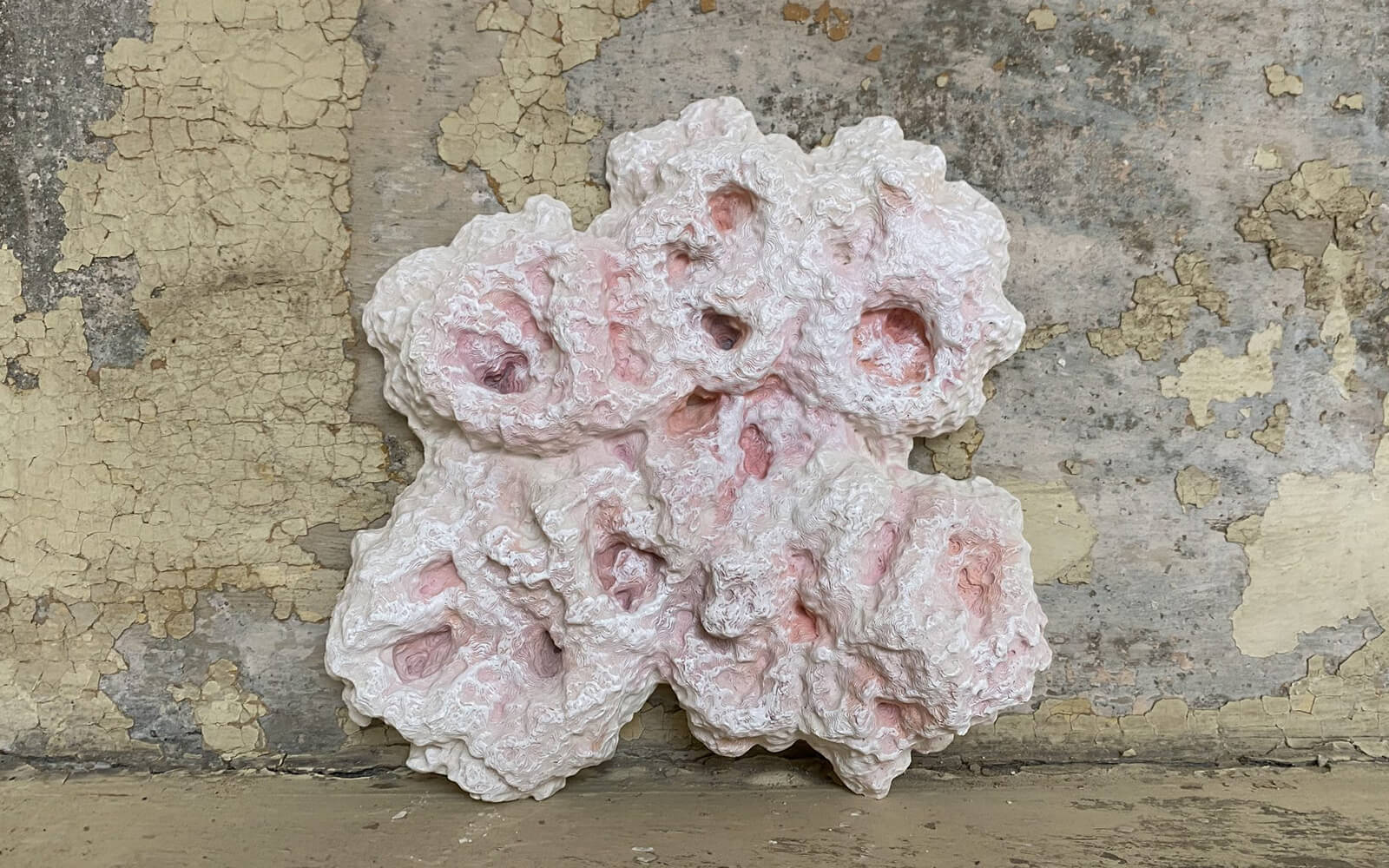
Meet the MUTEK Recorder Guests!
“How do artists, designers, novelists, and theorists ‘record’ within their practice? HOLO invited eight multidisciplinary luminaries to share their research methods, data practice, central software, and information diet.”
“Overground Resistance” Puts Climate Activism Front and Centre in the White Cube
“Overground Resistance” opens at MuseumsQuartier Wien’s Q21 exhibition space. Part of Oliver Ressler’s climate justice advocacy, the show includes Laboratory of Insurrectionary Imagination, Metabolic Studio, and Rachel Schragis. While many exhibitions tackle climate change, this is the first to “focus directly” on activism, the organizers note. Participants Tools for Action’s inflatable shields (image: Red Line Barricade, COP21 protest, 2015), for example, are emblematic of the aesthetics of direct action.

Meet the Guests
How does a sound artist translate their learnings into a new instrument design? What curiosities give life to a media artist’s installation? How do advocates leverage technology to nurture ethics and community? And which tools and methodologies do researchers, authors, and theorists use to organize information? To help us understand how different creative practitioners ‘record’ within their practice, HOLO invited eight multidisciplinary luminaries, one per MUTEK Recorder episode, to share glimpses into their research methods, data practice, central software, and media diet.
Tune into the daily MUTEK Recorder broadcast via the MUTEK website and follow this dossier for learnings, references, further readings from selected MUTEK Forum sessions.
Sound artist Yuri Suzuki works in installation and instrument design, and instruments like the synth he designed for Jeff Mills (2015) and his reimagination of the Electronium for the Barbican (2019) signal a deep reverence for electronic music. Over the last few years, London-based Suzuki became a partner at the international design studio Pentagram, where he has worked on branding projects for clients including Roland and the MIDI association.
Mindy Seu is a deep thinker about publishing, research, and archives, her recent projects include the much lauded Cyberfeminism Index, which compiled feminist provocations from Donna Haraway’s essay “A Cyborg Manifesto” through present day, providing an invaluable public resource. The New York-based designer is currently undertaking research stints with the MIT Media Lab Poetic Justice group and metaLab Harvard.
London-based Samaneh Moafi is a Senior Researcher at Forensic Architecture, a research agency investigating human rights violations and violence committed by states, police forces, militaries, and corporations. Moafi heads up the group’s Centre for Contemporary Nature, where she develops “new evidentiary techniques for environmental violence,” including analyses of environmental racism in Louisiana (2021) and the destruction of agricultural plots by Israeli forces at the edge of the Gaza Strip (2014-).
Dorothy R. Santos is the Executive Director of the Processing Foundation. Overseeing the foundation’s advocacy for software literacy in the visual arts, the San Francisco-based writer and curator has been integral in helping execute its mandate of increasing diversity in creative coding communities. In addition to her work for Processing, Santos is a co-founder of the REFRESH curatorial collective, which emerged in 2019 with a focus on inclusivity and promoting ”sustainable artistic and curatorial practices.”
Writer and designer Xiaowei R. Wang is driven by beliefs in the “political power of being present, in dissolving the universal and categorical.” They are the Creative Director of Logic, and author of Blockchain Chicken Farm, a book that looks to rural China—not their homefront Silicon Valley—as a locus of tech-innovation. Wang’s recent artistic works include Future of Memory (2019-), an exploration of language and algorithmic censorship, and Shanzhai Secrets (2019), which explores consumption and copyright by way of Shenzhen.
Making his mark on digital art over the last two decades, Jürg Lehni has mobilized Hektor, Rita, and Viktor, a series (2002-) of quirky drawing machines, as platforms for research on representation and histories of technology. Parallel to his robotic storytelling, the Zurich-based artist and designer has made open software for others, including the prescient Adobe Illustrator plug-in Scriptographer (2001-12), that pushed the graphic design tool towards more open-ended experimentation, and, more recently, the browser-based “Swiss Army knife of vector graphics” Paper.js (2011-).
Hailing from the UK and now based in Ottawa, Tim Maughan traces the contours of contemporary phenomena including logistics and complexity as a journalist and technology pundit, which informs his science fiction. His first novel Infinite Detail (2019) wryly imagined a post-internet future (and related calamities). In addition to that debut, which was heralded as a Sci-Fi book of the year by The Guardian, he has written screenplays for the experimental short films Where the City Can’t See (2019) and In Robot Skies (2018), both directed by Liam Young.
Benjamin Bratton is Professor of visual arts at UCSD in San Diego, and author of The Stack (2016) and The Revenge of the Real (2021), which, respectively, schematize systems of scale and governance after Big Tech, and consider what politics in a post-pandemic world could be. Bratton is also the Program Director for The Terraforming, a multi-year initiative at Moscow’s Strelka Institute that tasks design students with taclking the radical transformations required for Earth to remain a viable host for life as we know it.
Andrew Lovett-Barron on “Functional Immersion”
Following a recent rumination on peripheral devices, software designer and researcher Andrew Lovett-Barron weighs in on emergent interaction paradigms for VR. Backing away from his initial skepticism towards the medium, he uses Valve’s Half-Life: Alyx (perhaps the gold standard in VR gaming thus far) to think through the state of nuanced interactions and design constraints. Most metaverse cheerleading skips over the fact that our current interaction paradigms will not facilitate the ‘total immersion’ being promised; taking cues from a colour grading tool and a biomechanical keypad, Lovett-Barron thinks through what “functional immersion,” an immersion as situated in purpose-built hardware as HD graphics, could look and feel like for users.
